

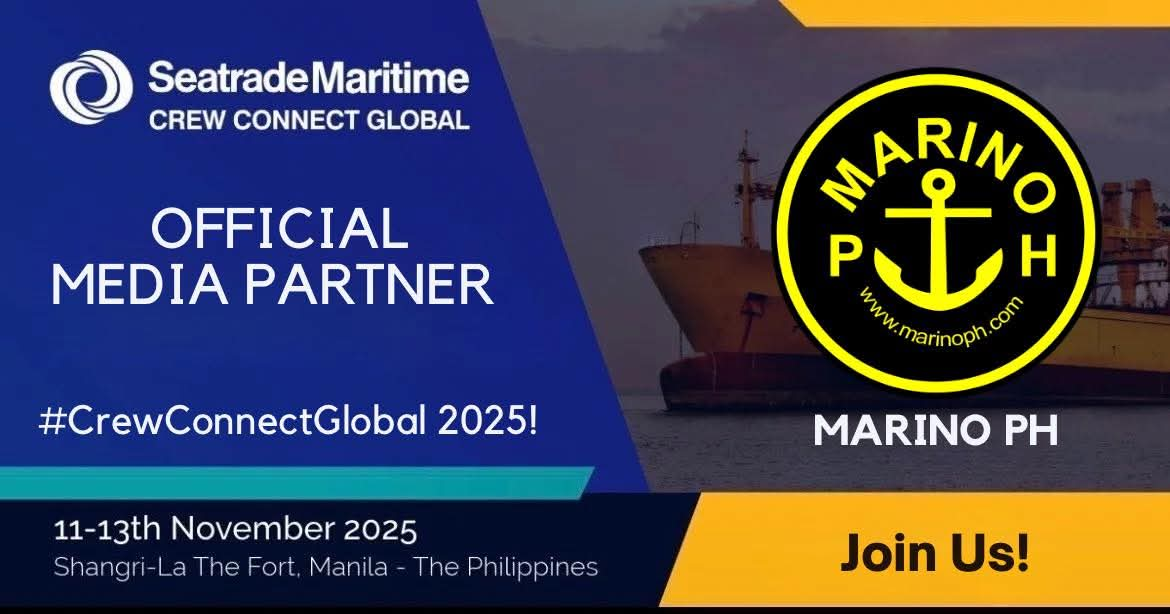
MARINO PH is honored to serve as an official media partner for the Seatrade Maritime Crew Connect Global 2025, a premier international event dedicated to advancing the crewing and maritime sectors. Happening on November 11–13, 2025, at Shangri-La The Fort, Manila, this year’s conference will gather influential leaders, shipowners, crewing managers, maritime educators, and policy makers to exchange ideas and explore solutions to the industry’s evolving challenges.
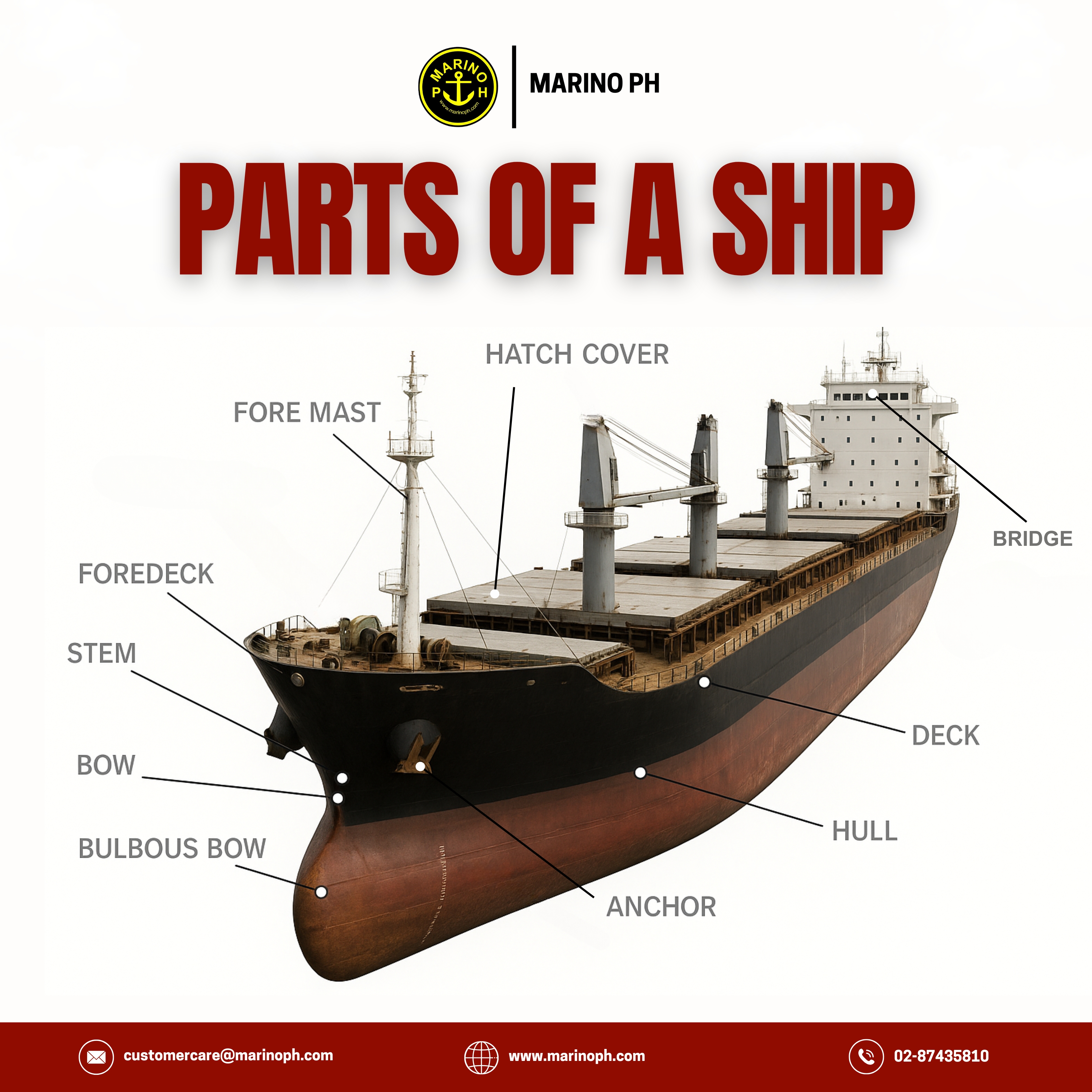
Front (Bow) Area Bulbous Bow A rounded projection located below the waterline at the forward part of the hull. It reduces wave resistance and helps improve the ship’s fuel efficiency and stability. Bow The forward-most section of the ship designed to cut through the water as the vessel moves. Stem The vertical front edge of the bow that forms the main support where the two sides of the hull meet. Foredeck The deck area located at the forward part of the ship, often used for anchor handling and mooring operations. Fore Mast A mast positioned near the bow used to mount lights, radar, antennas, and other navigational instruments. Hatch Cover A watertight cover placed over cargo holds to protect the cargo from seawater and weather exposure. Deck The main working platform of the ship where crew activities and operations take place. Hull The main outer structure or body of the ship that provides buoyancy and keeps the vessel afloat. Anchor A heavy device lowered to the seabed to hold the ship in position and prevent drifting. Bridge The command center of the ship where navigation, control, and monitoring of vessel movement and operations are performed. Midship and Superstructure Superstructure The portion of the ship constructed above the main deck, housing key operational and living spaces. Accommodation The area where the crew lives and works. It includes cabins, mess rooms, offices, and other essential living facilities. Flying Bridge / Bridge Wings Side platforms extending from the bridge used for maneuvering and observation, especially during docking and unmooring. Monkey Island An open platform located above the bridge that provides access to radar, communication, and navigation equipment, as well as offering an unobstructed view of the surroundings. Main Mast The primary mast supporting communication systems, navigation lights, and other electronic devices.
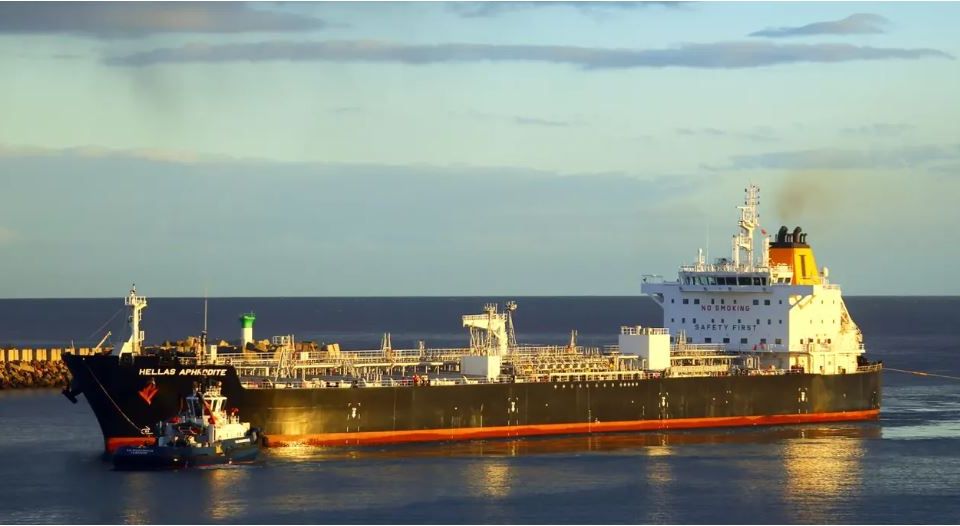
Pirates Board Malta-Flagged Tanker in Indian Ocean
A Malta-flagged product tanker, Hellas Aphrodite, was boarded by armed pirates in the Indian Ocean on Thursday, marking one of the most serious piracy incidents in the region in recent years. According to maritime security reports, the attack took place approximately 550 nautical miles southeast of Eyl, Somalia—well beyond the traditional high-risk piracy area. The vessel was en route from Sikka, India, to Durban, South Africa, carrying a cargo of gasoline. Security firm Ambrey and the UK Maritime Trade Operations (UKMTO) confirmed that a group of armed assailants approached the tanker using a fast craft and opened fire with small arms and a rocket-propelled grenade (RPG) before managing to board. The 24-member crew took refuge in the vessel’s citadel, and all have been reported safe. The tanker, managed by Greece-based Latsco Marine Management, did not have an armed security team onboard at the time of the incident. Naval sources indicate that the attackers may have operated from a hijacked Iranian fishing vessel used as a “mothership.” EU NAVFOR’s Operation Atalanta confirmed that naval assets were deployed and in communication with the ship’s management team. Coordination between regional maritime security centers remains ongoing to secure the vessel and ensure the crew’s safety. This attack highlights a worrying resurgence of Somali-linked piracy activity, as international naval attention has shifted toward the Red Sea and Gulf of Aden due to ongoing regional conflicts. Analysts warn that criminal groups may be exploiting reduced naval presence in the central Indian Ocean to re-establish operations. Maritime authorities have urged all vessels transiting the area to heighten security measures, report suspicious activity, and review route risk assessments. The incident underscores the continuing vulnerability of merchant ships navigating through remote waters of the Indian Ocean, and the need for sustained international coordination to safeguard global maritime trade routes.

Philippines and EU Reaffirm Joint Efforts to Strengthen Maritime Standards
MANILA, Philippines — Key Philippine maritime agencies and representatives from the European Union met on 6 November 2025 to advance the implementation of the SCOPE–Seafarers Technical Assistance Project, an initiative designed to support the Philippines in upholding high global standards in maritime education, training, and certification. The inaugural Project Steering Committee (PSC) Meeting took place at the MARINA Central Office, co-led by the Department of Transportation (DOTr) and the European Commission’s Directorate-General for Mobility and Transport (DG MOVE). DOTr Assistant Secretary for Maritime Affairs Atty. Villamor Ventura S. Plan and DG MOVE Director for Waterborne Transport Fotini Ioannidou presided over the discussions. Speaking on behalf of EU Ambassador H.E. Massimo Santoro, Dr. Gemmer expressed the EU’s continued commitment to working with the Philippines to maintain its strong global presence in the seafaring workforce.
_20251106_094348_0000.jpg)
Suez Canal Authority Clarifies Stance on Detained Russian Tanker
The Suez Canal Authority (SCA) has issued an official clarification regarding the continued detention of the Russian-flagged crude oil tanker Dignity, stating that the vessel’s situation is the result of a civil court order and not an action initiated by the canal authority itself. The tanker has been held at the Suez anchorage for nearly two months following a directive from the Ismailia Economic Court relating to an unpaid financial dispute between the ship’s owning company and Sphinx Shipping Agency. The SCA emphasized that it is not a party to the case and that reports attributing the vessel’s detention to canal authorities are inaccurate. The Dignity is understood to be associated with sanctions imposed by the European Union, the United States, and the United Kingdom, particularly concerning oil price-cap restrictions. While these sanctions frame the vessel’s broader operating environment, the SCA reiterated that the current detainment is solely connected to the unresolved commercial claim. Concerns have also been raised over the welfare of the crew. Reports indicate that the Russian seafarers onboard have not received wages for several months and are facing limited fuel and essential supplies, potentially compromising power and onboard safety. The situation has drawn attention from maritime observers and welfare organizations monitoring detained or abandoned crews worldwide. The SCA urged media organizations and stakeholders to verify information through official channels, underscoring the need to avoid speculation that could “cause confusion or misinterpretation” of the matter. The case continues to highlight the complex intersection of sanctions, maritime commerce, port jurisdiction, and crew welfare, particularly when disputes result in prolonged vessel detention at anchorage.
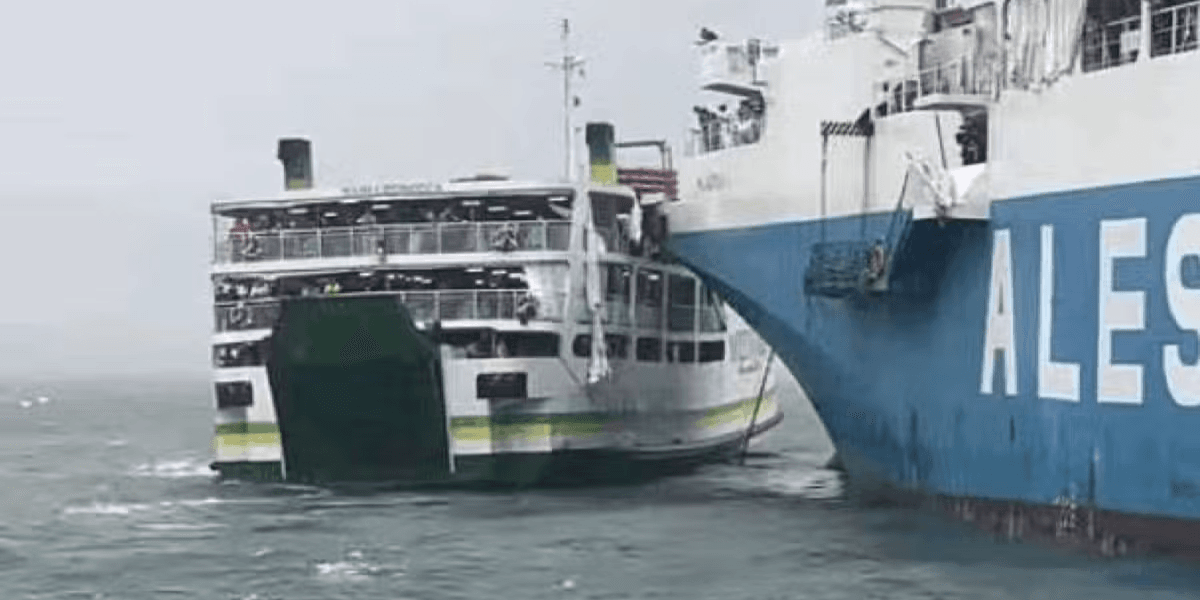
Ferry and Vehicle Carrier Collide at Jolo Port Amid Rough Seas
A minor maritime collision occurred on Tuesday morning at Jolo Port involving a passenger ferry and a vehicle carrier. The Philippine Coast Guard (PCG) confirmed that no injuries or fatalities were reported among passengers or crew members from either vessel. According to initial reports, the ferry was approaching the pier when it made contact with the vehicle carrier that was already berthed. The impact was attributed to strong waves and challenging sea conditions brought by the prevailing weather in the Sulu area. Both ships sustained minor structural damage but remained stable and afloat. Port authorities immediately initiated safety protocols, including securing the vessels and conducting inspections to rule out fuel leaks or other environmental hazards. The Philippine Coast Guard, in coordination with the Philippine Ports Authority, has launched an investigation to determine the exact cause of the incident. Preliminary findings suggest that heavy swells and reduced maneuvering space may have contributed to the collision. Port operations have since returned to normal, with authorities reminding vessel operators to exercise extra caution when docking amid rough sea conditions.
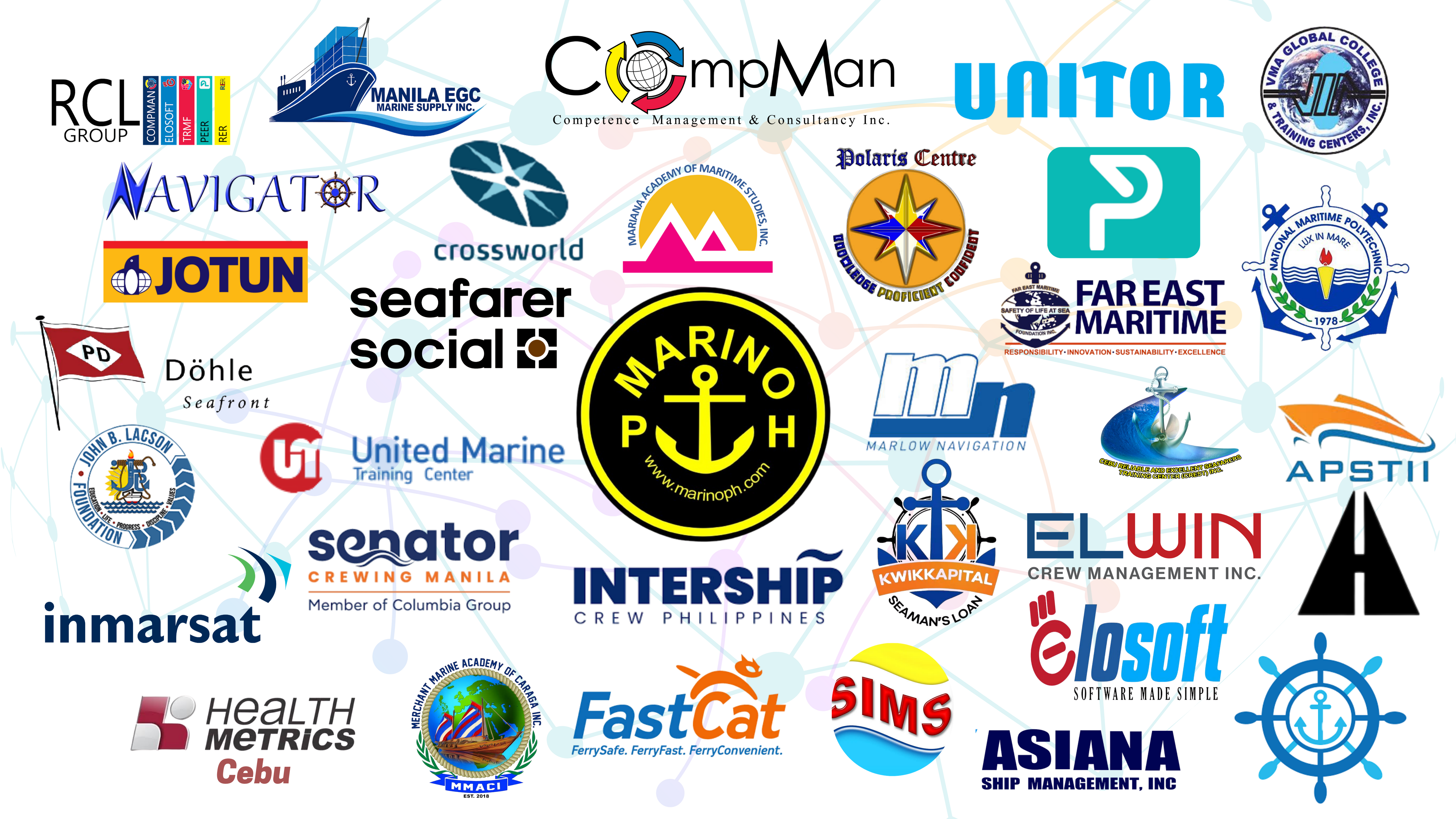
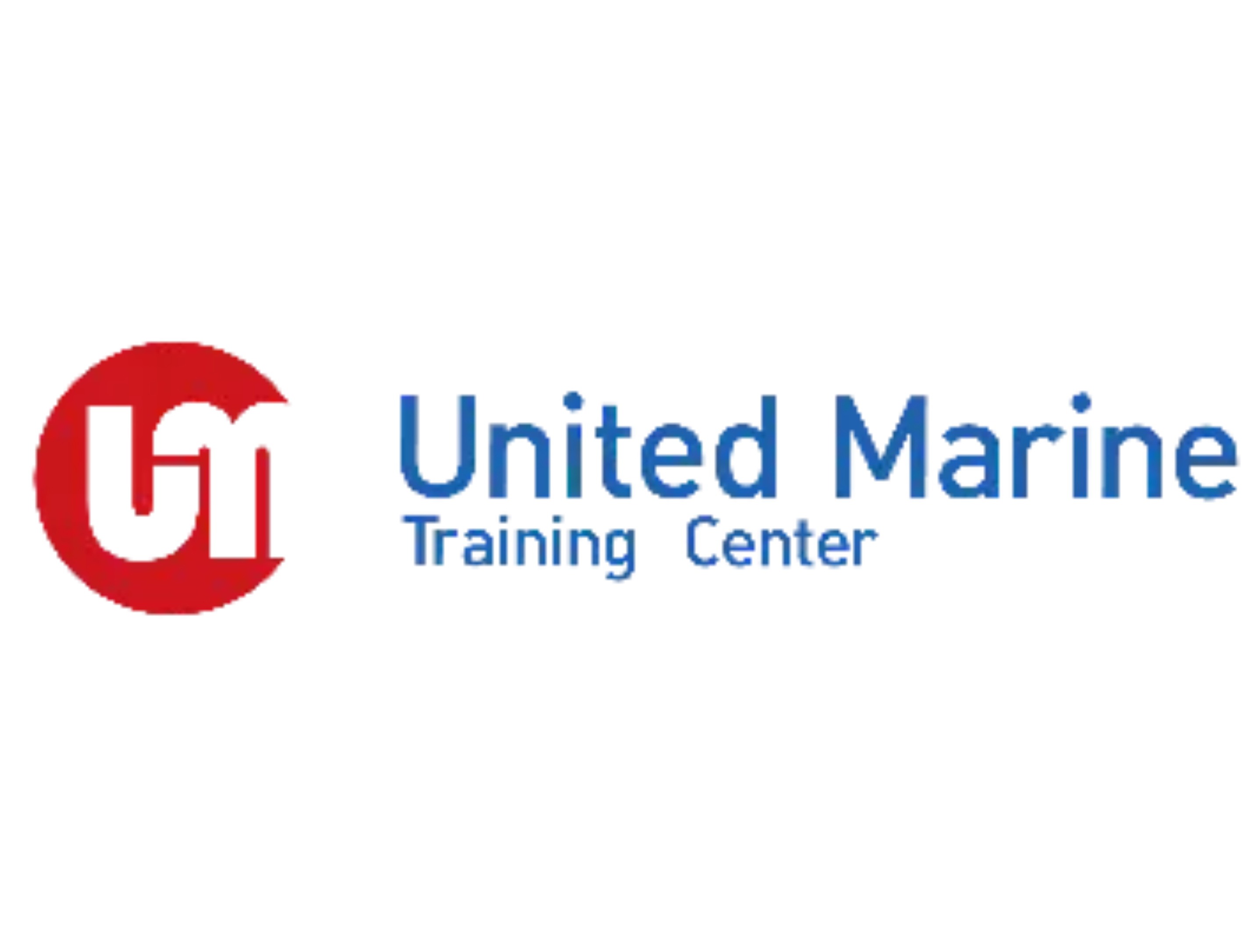

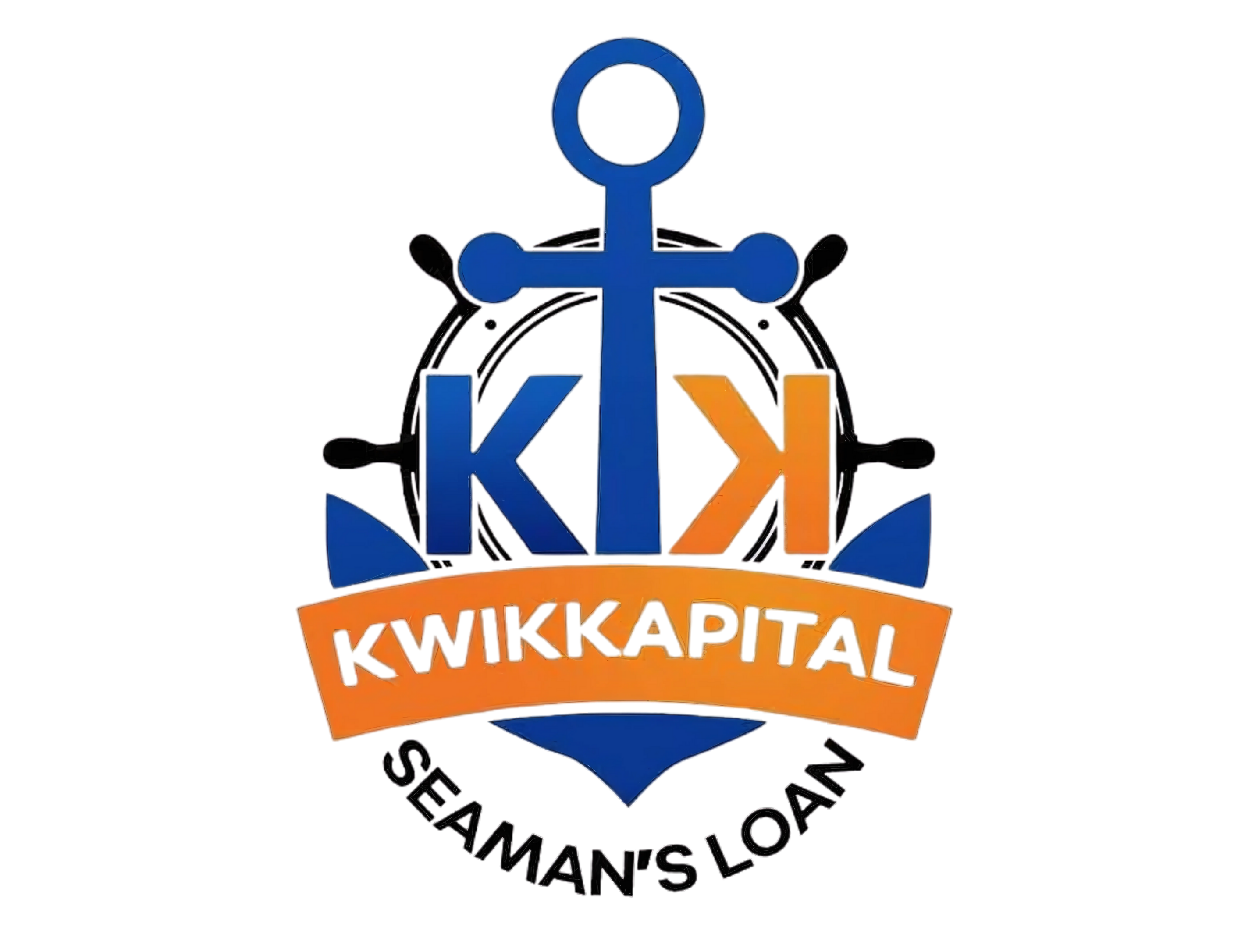
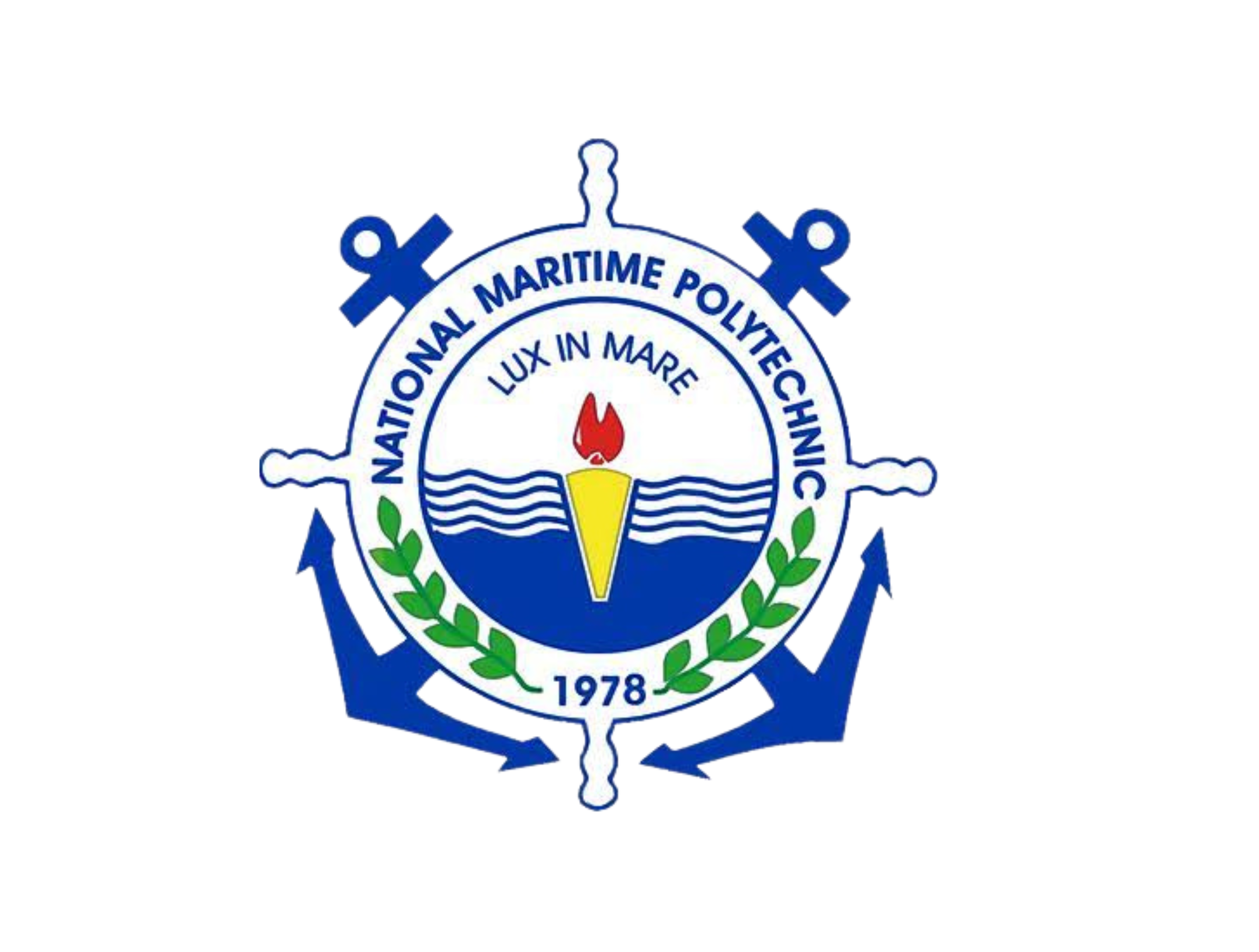
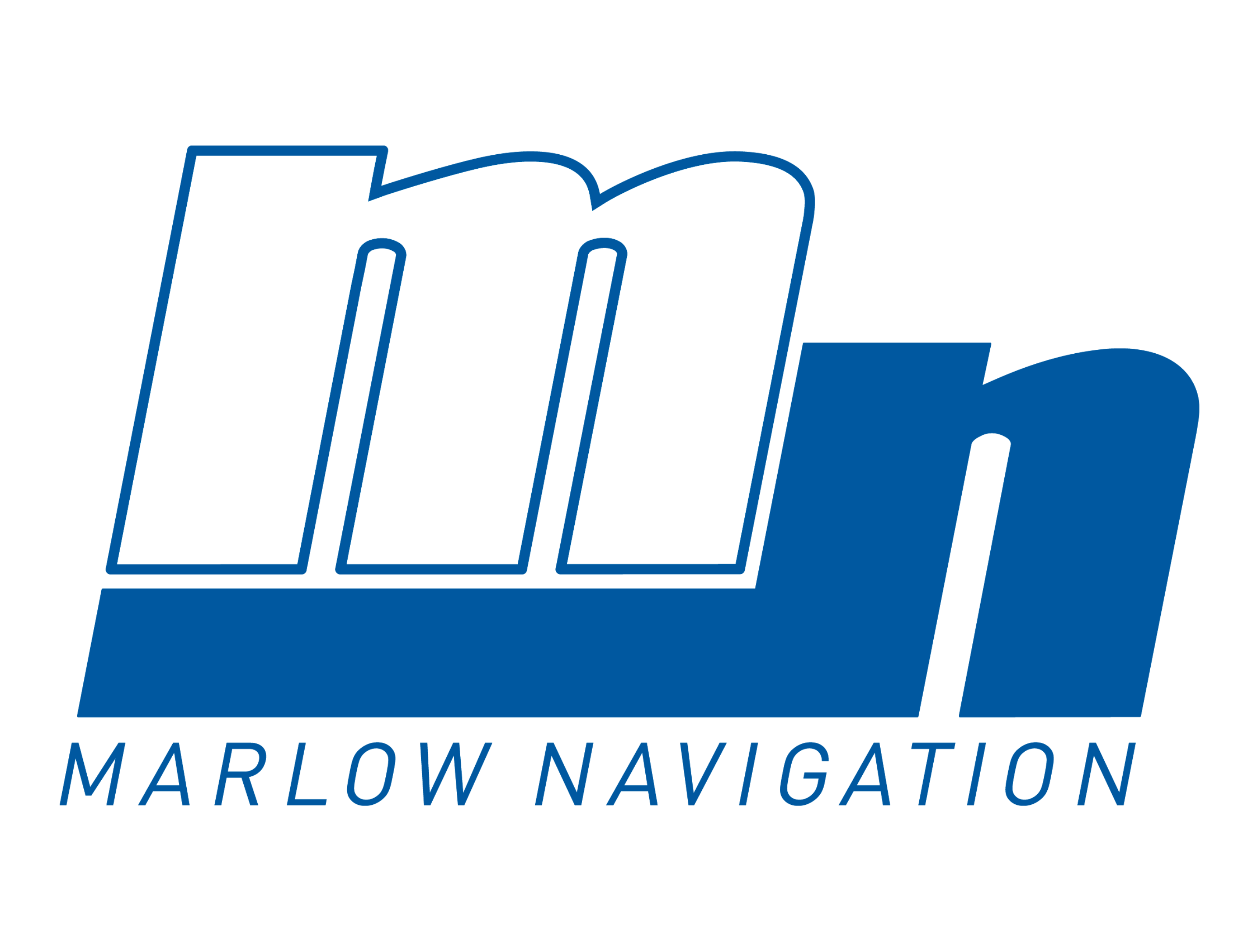
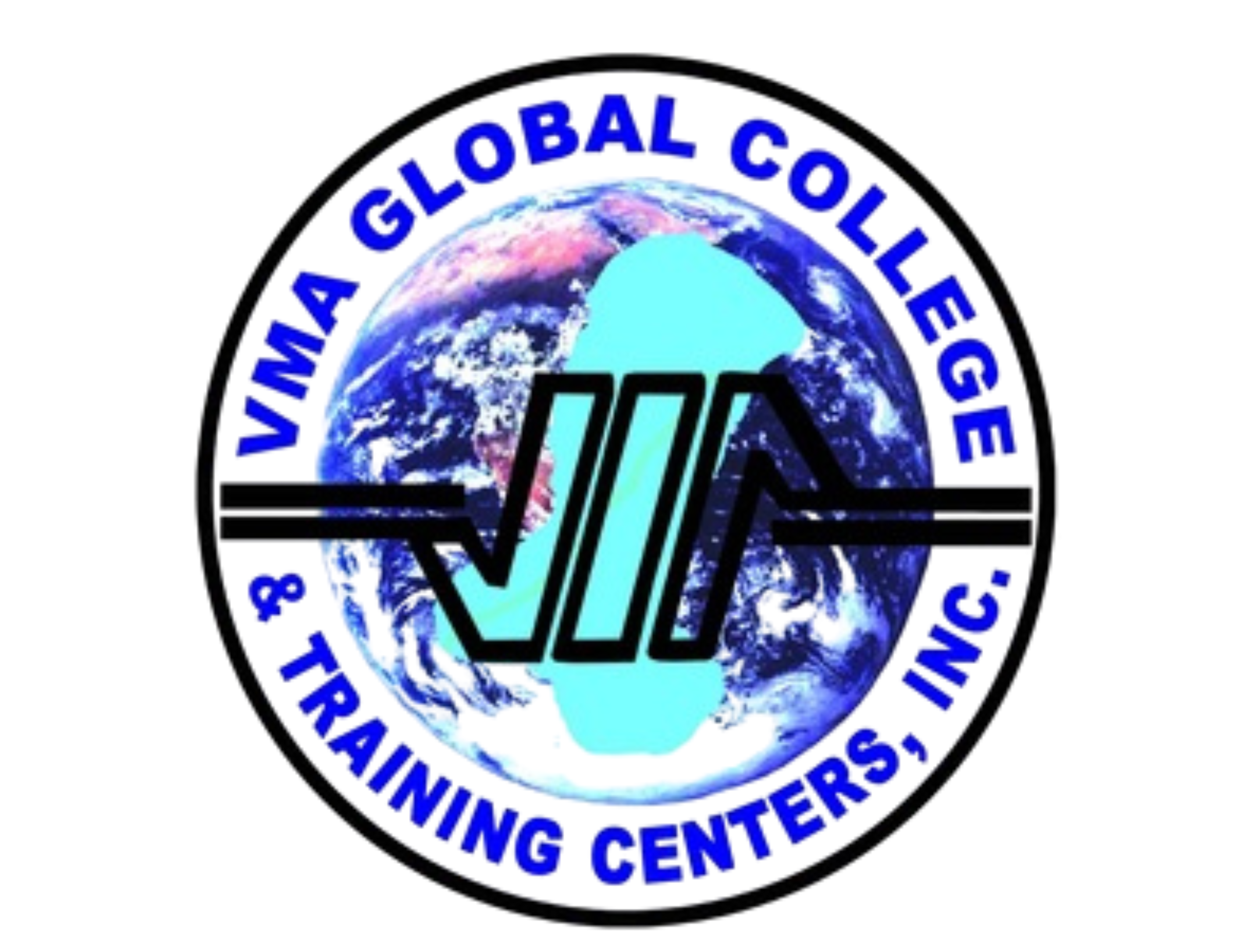
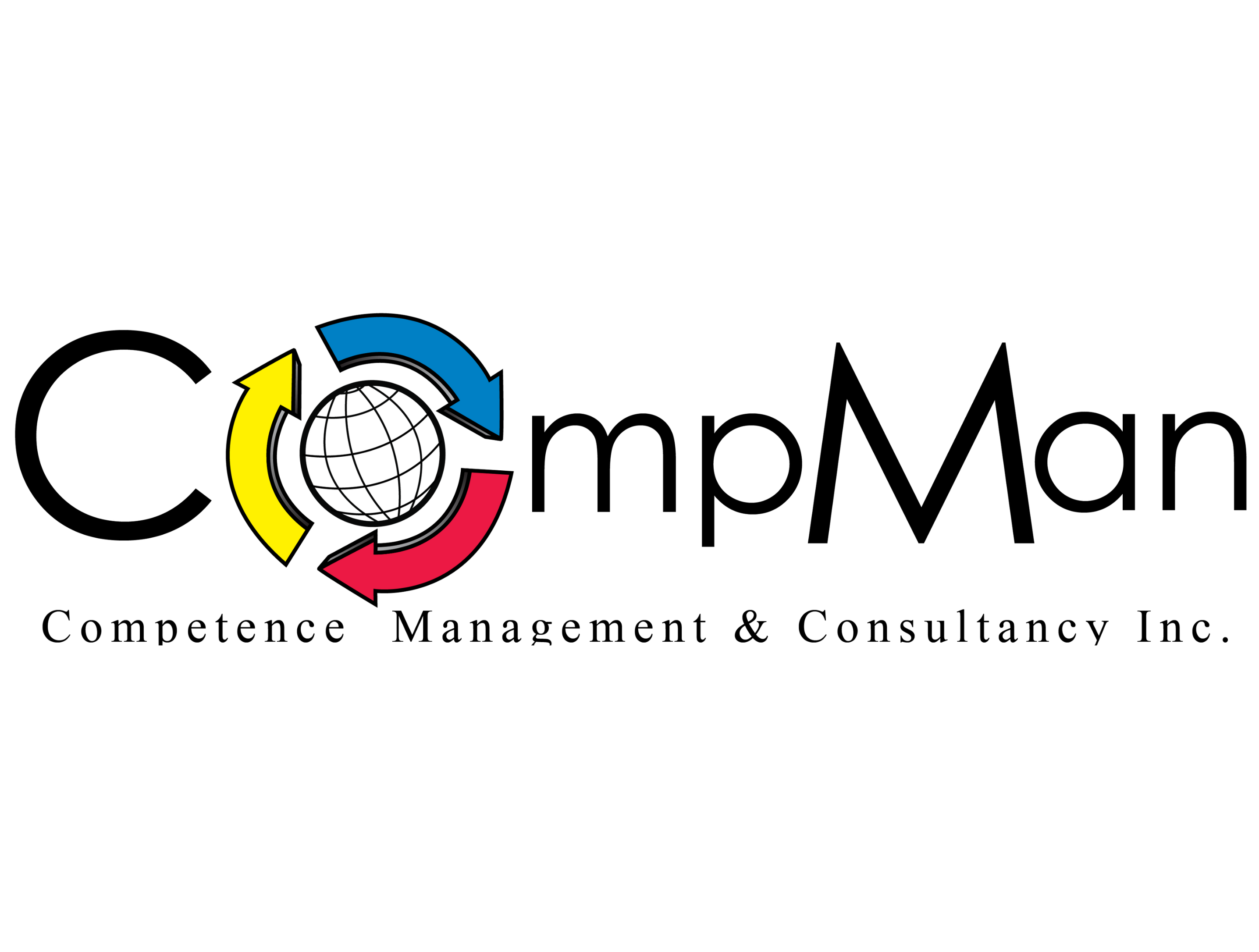


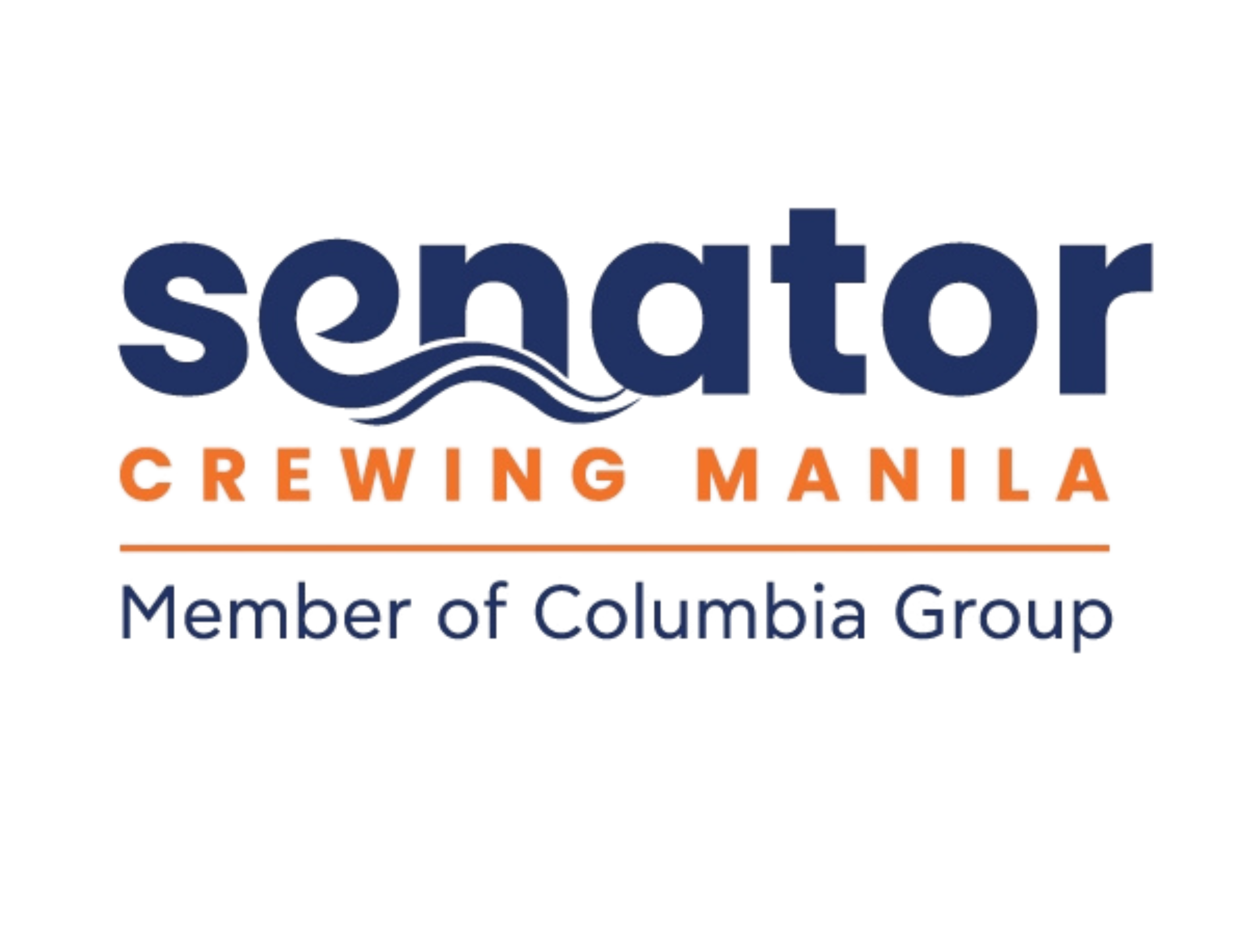

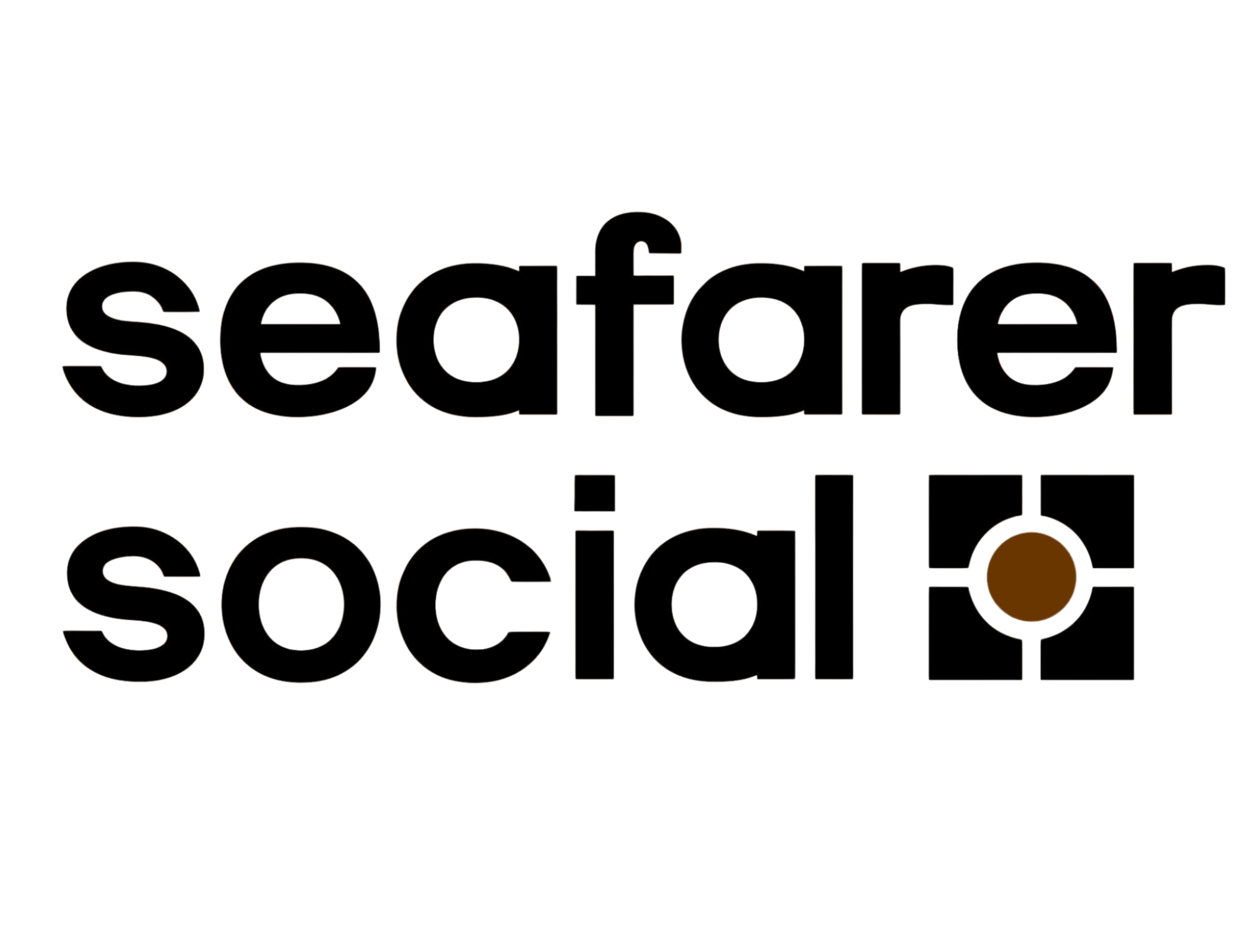
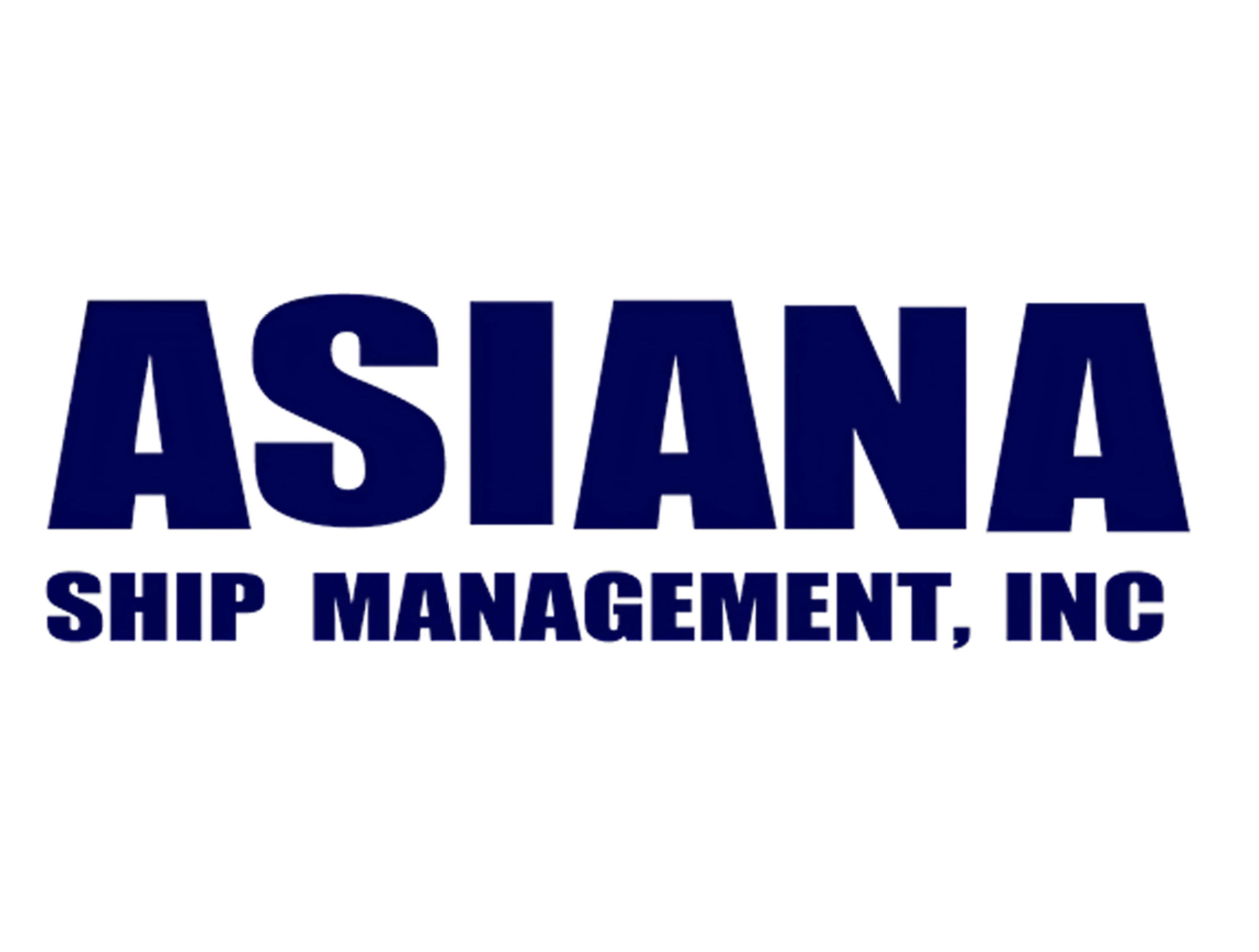

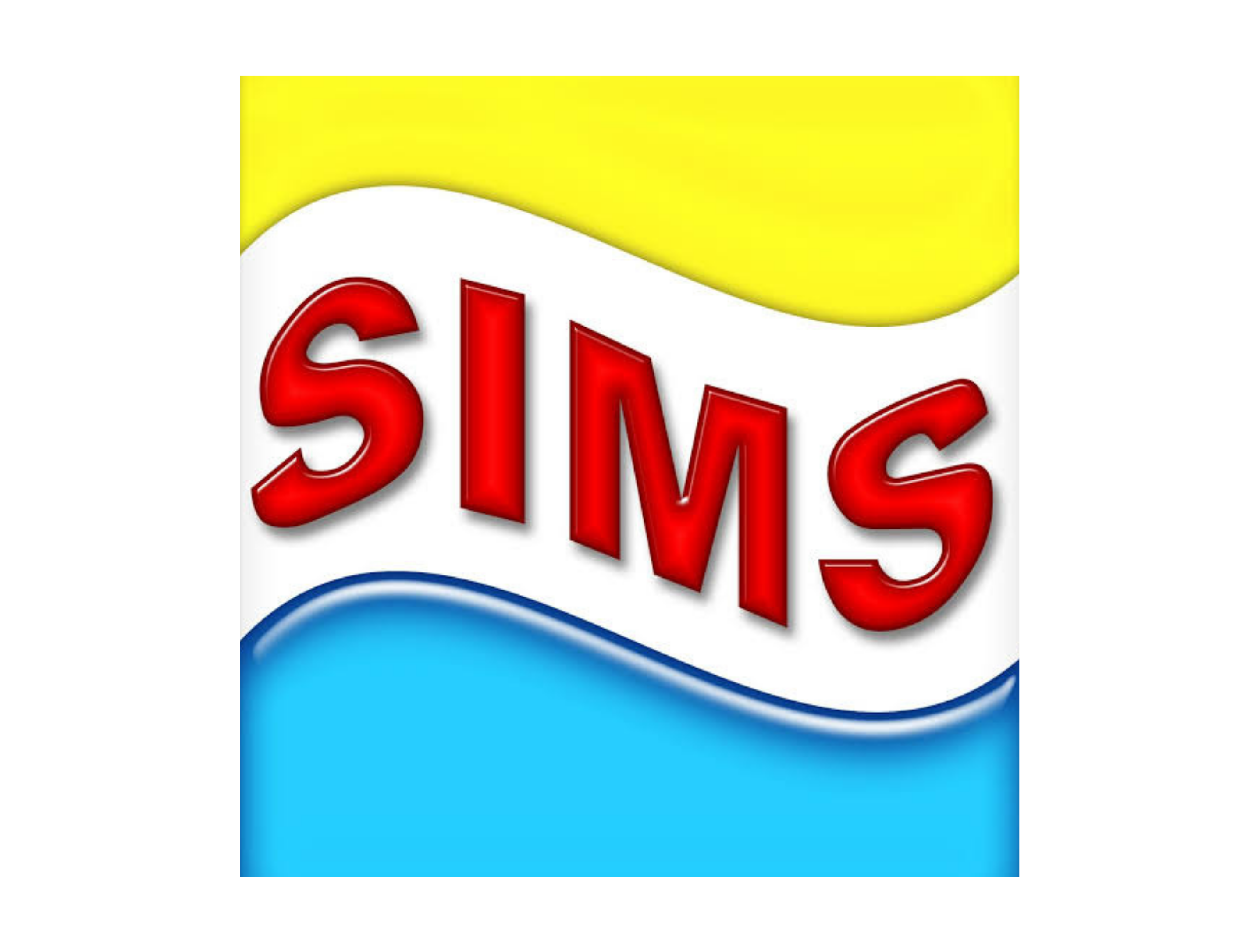
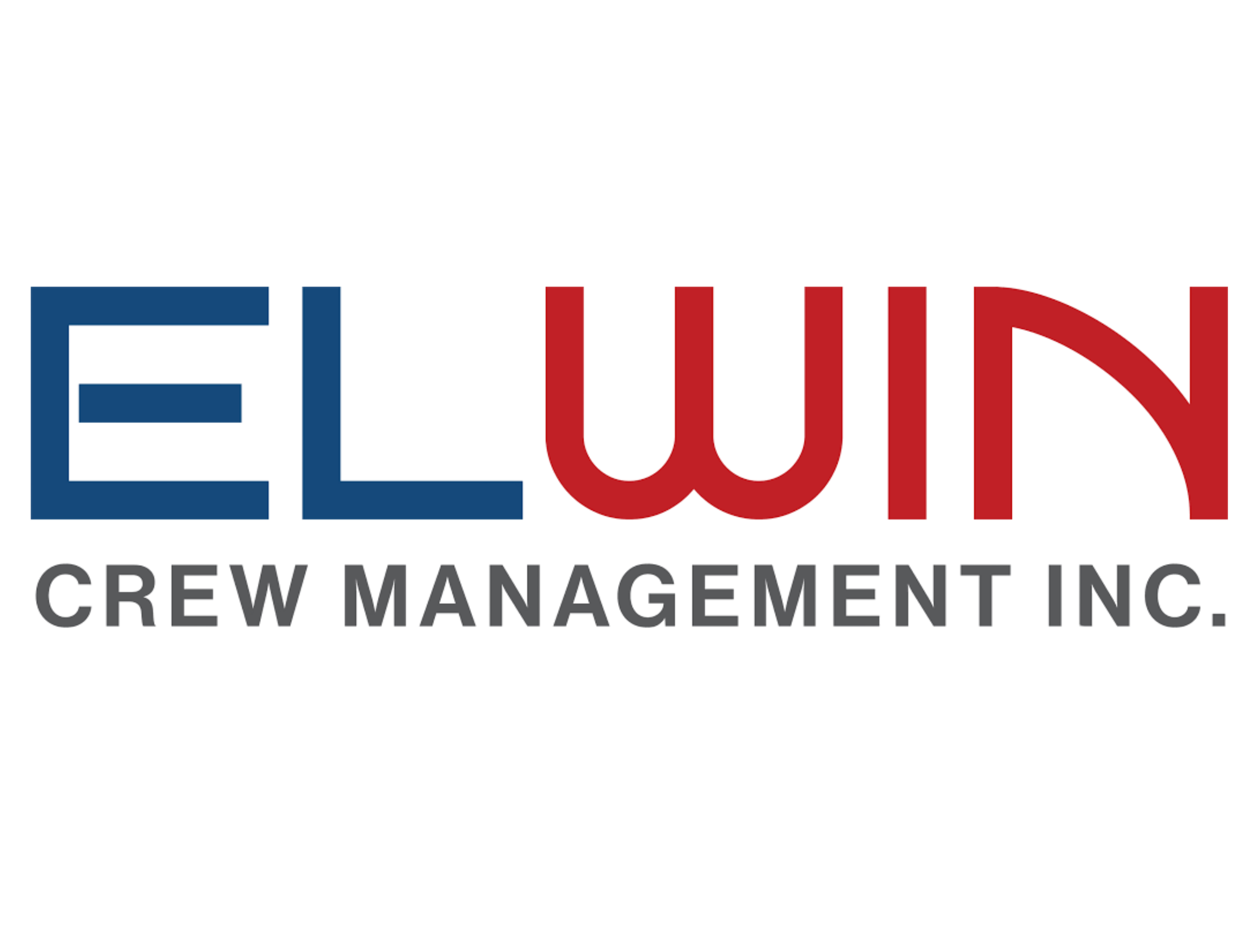
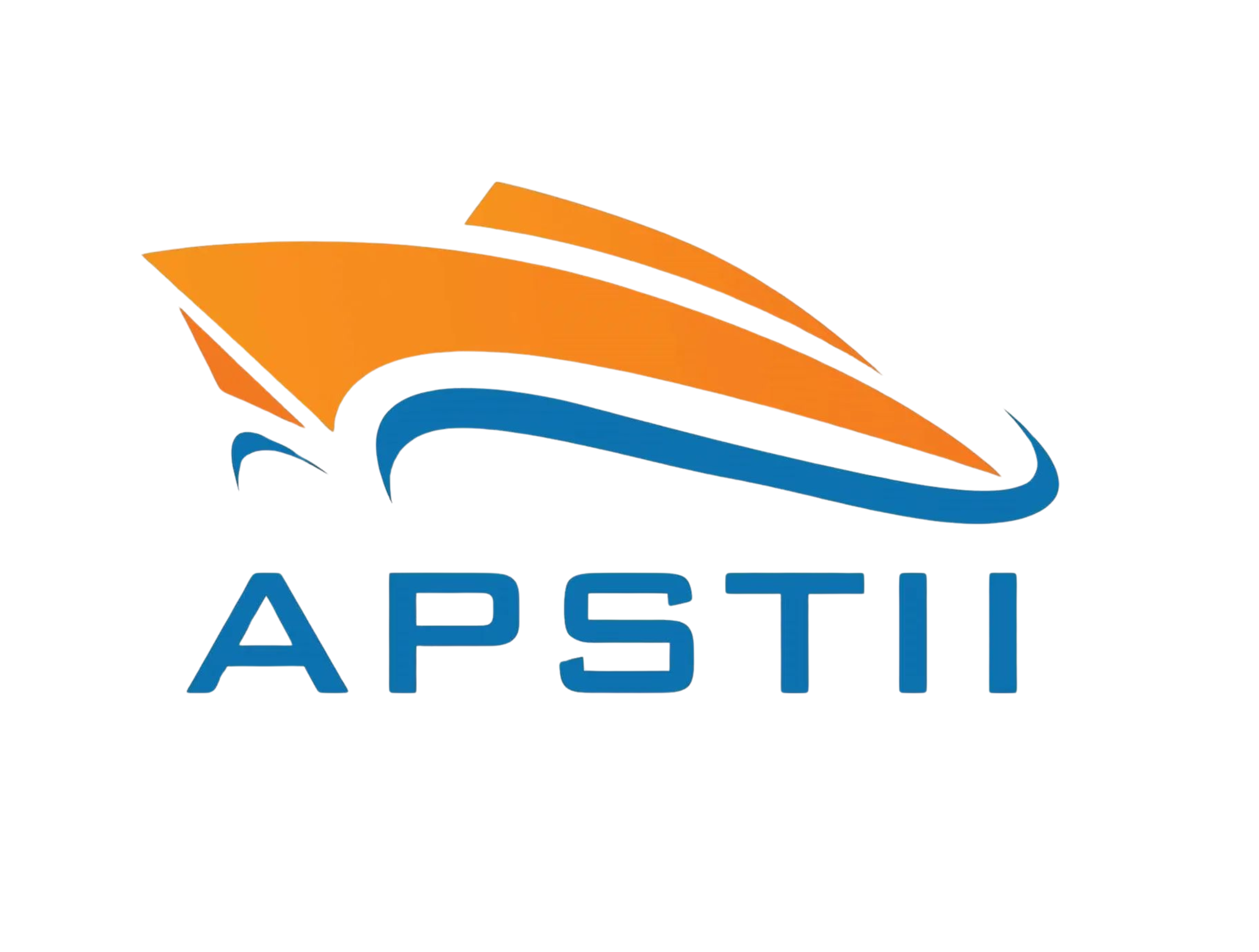
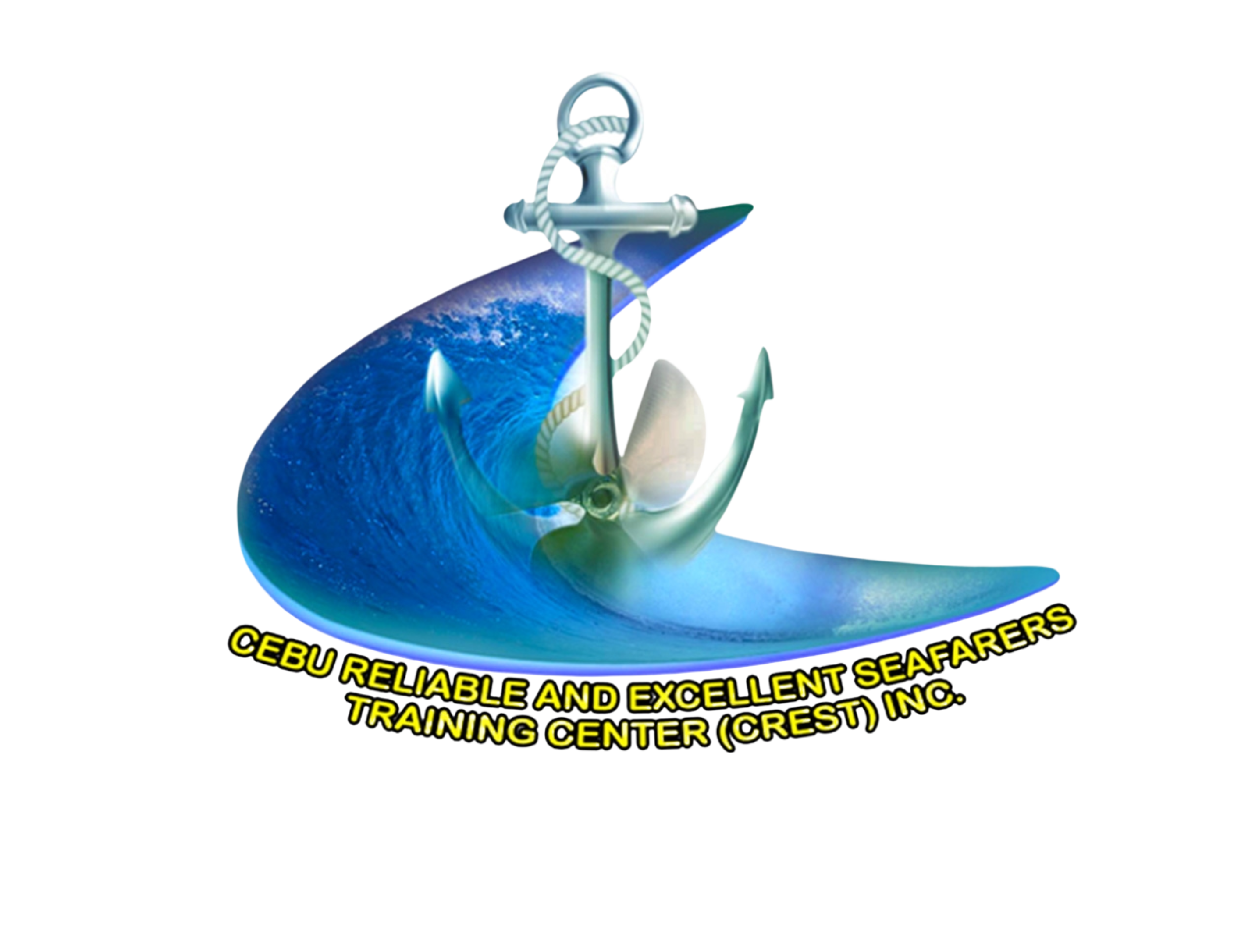
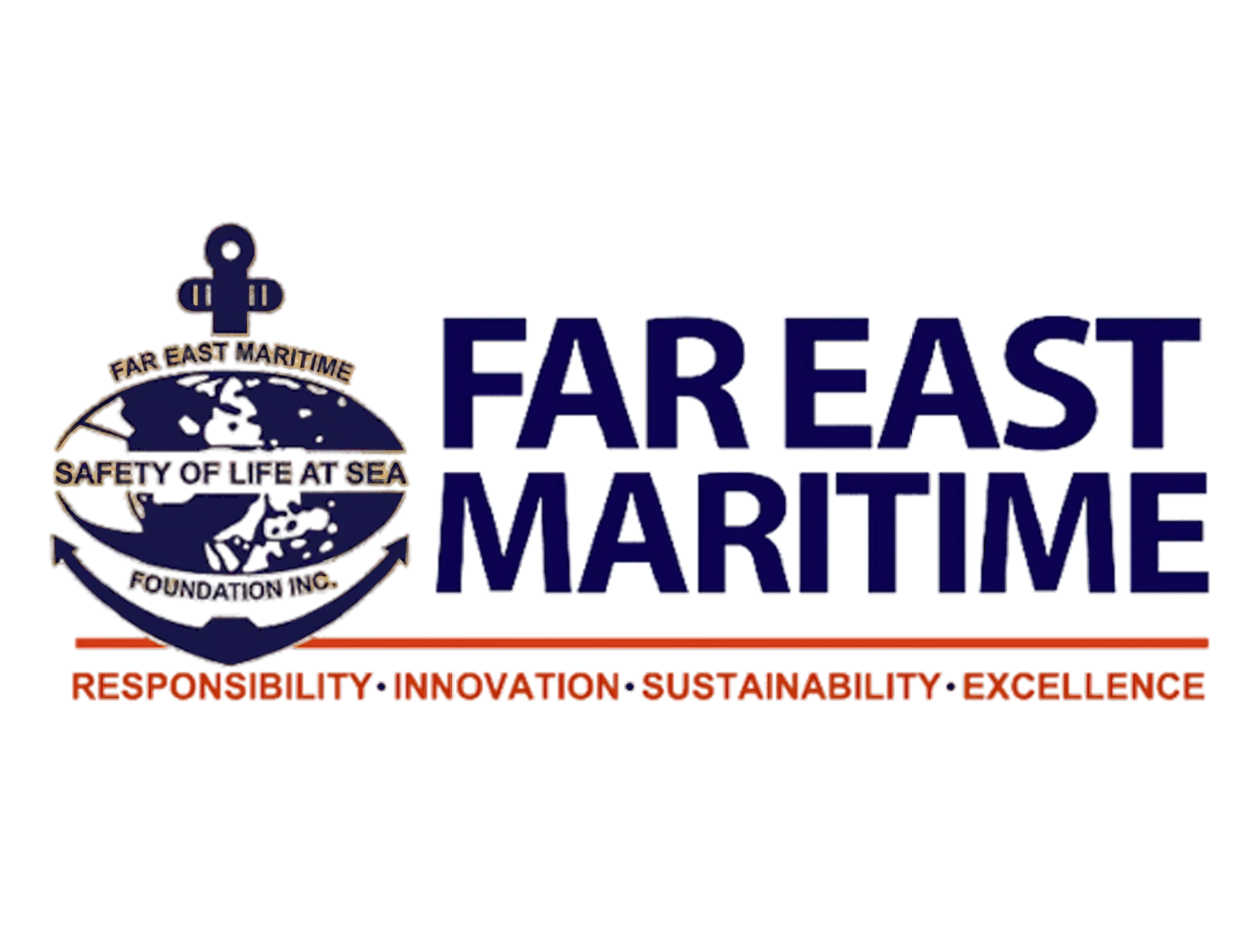
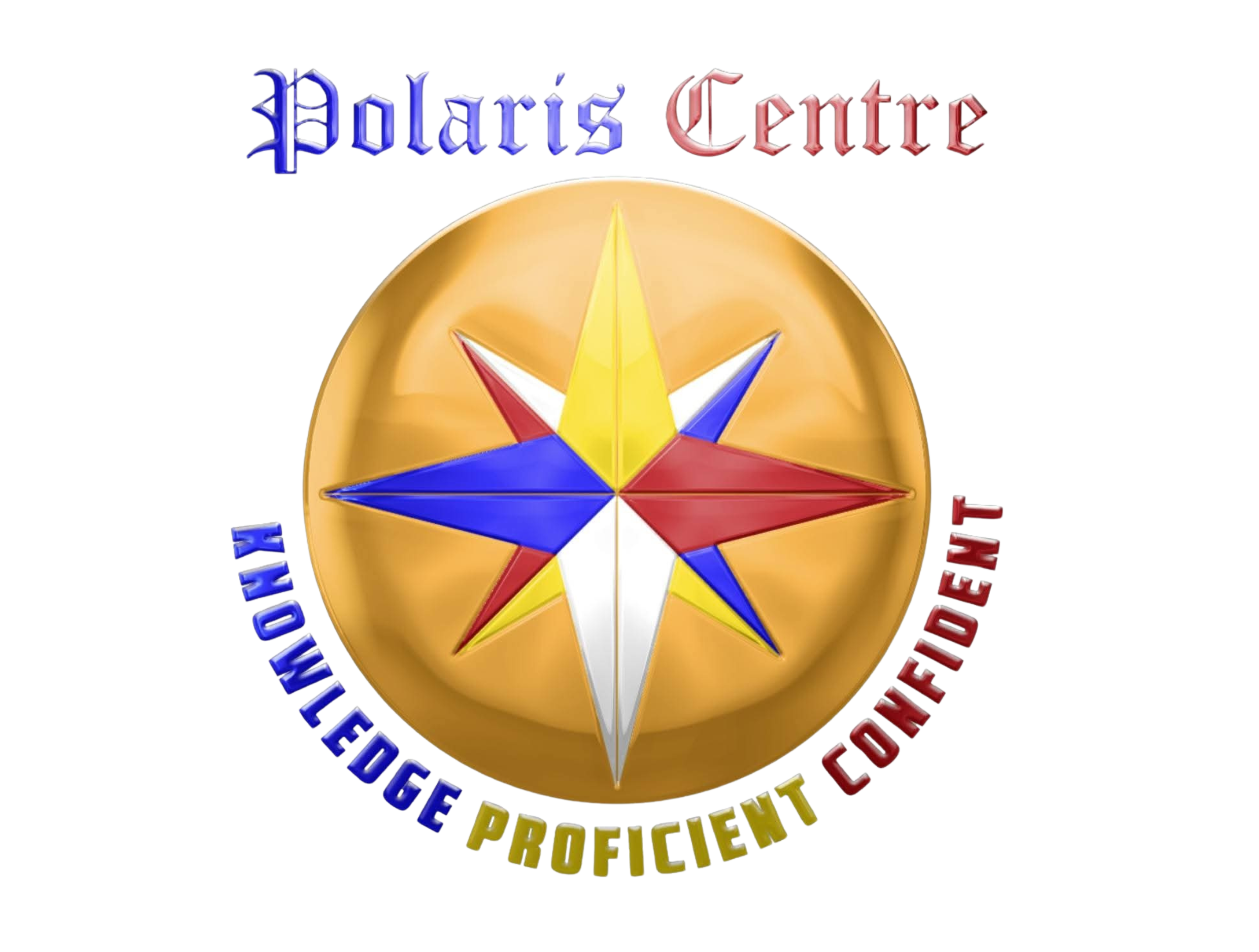
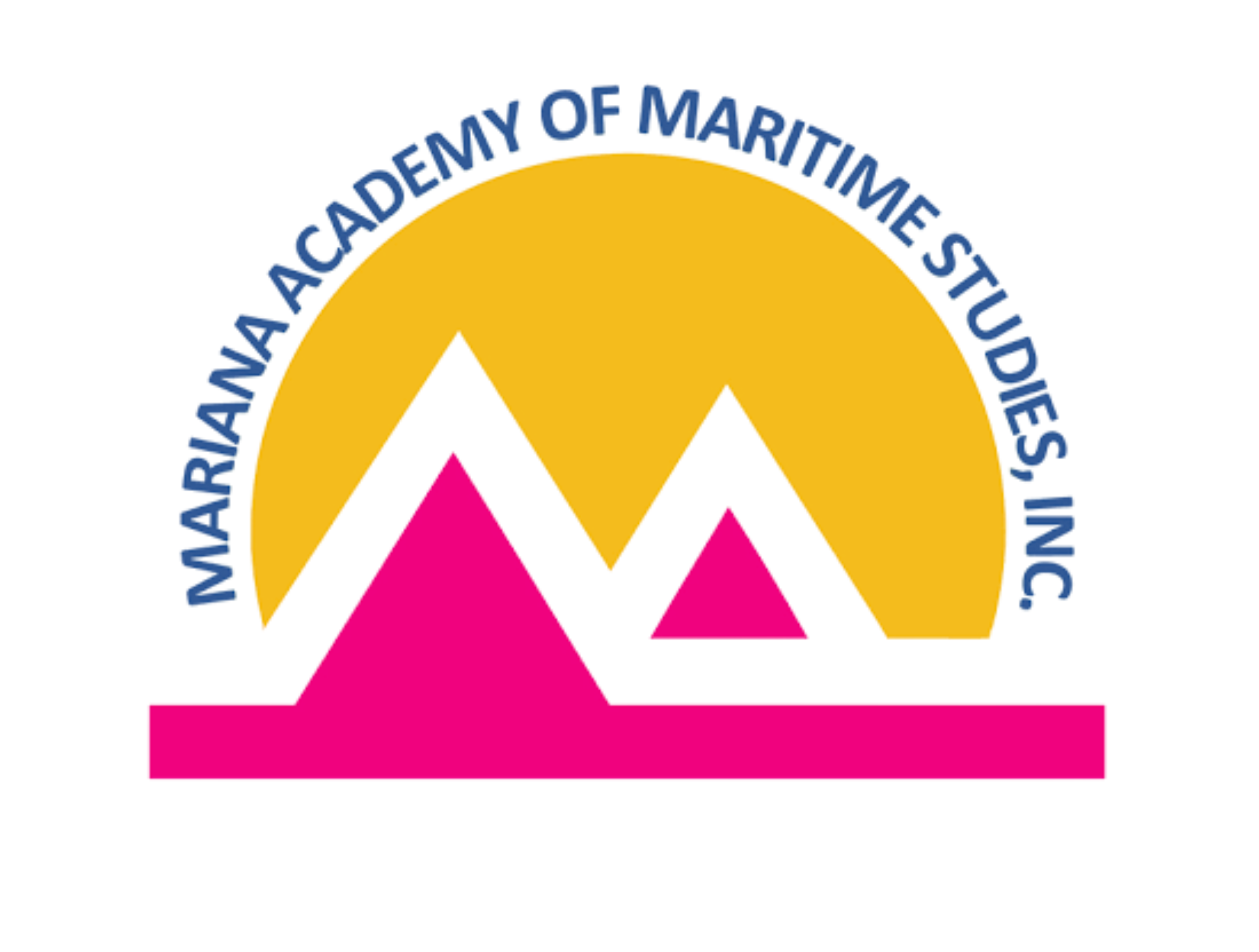
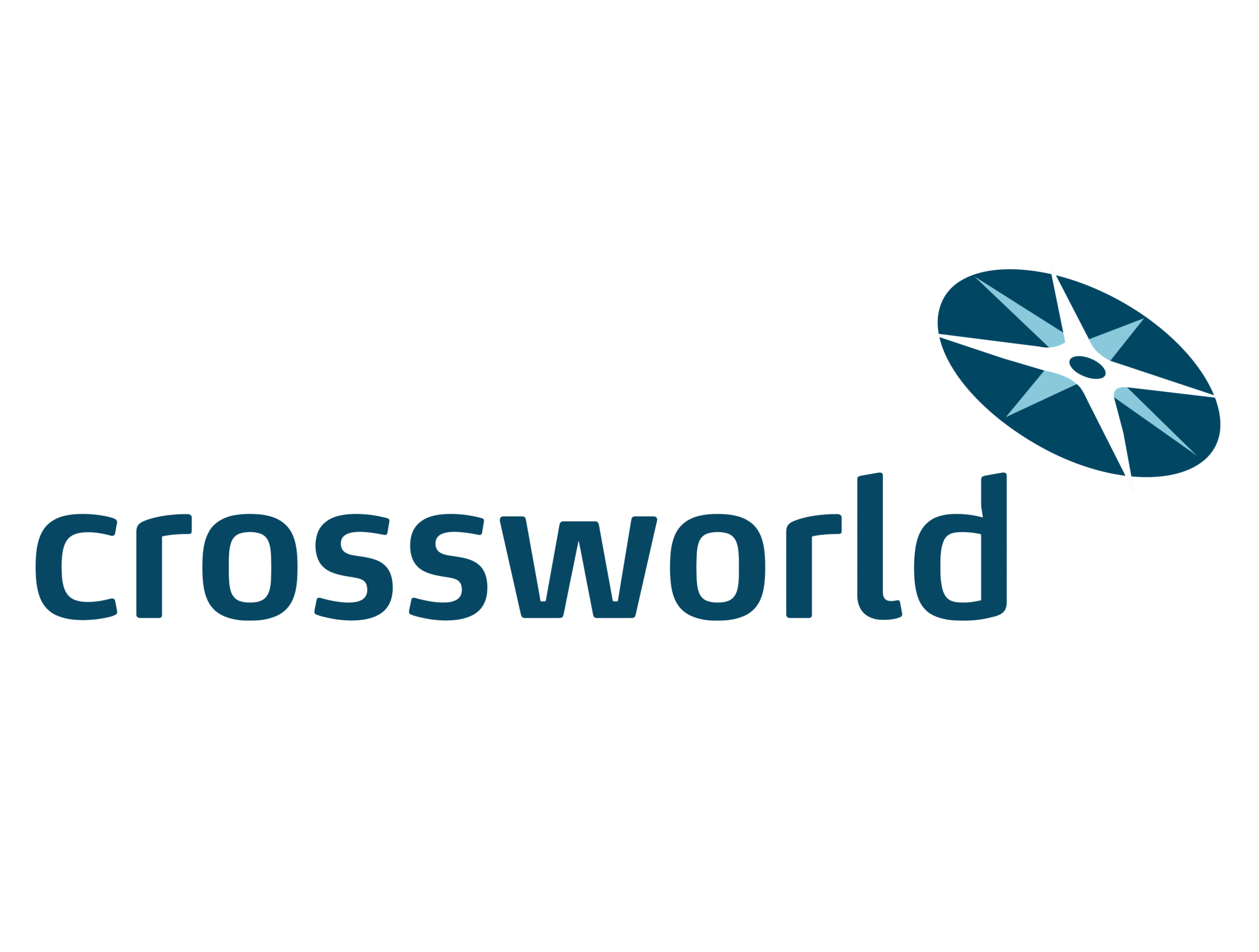
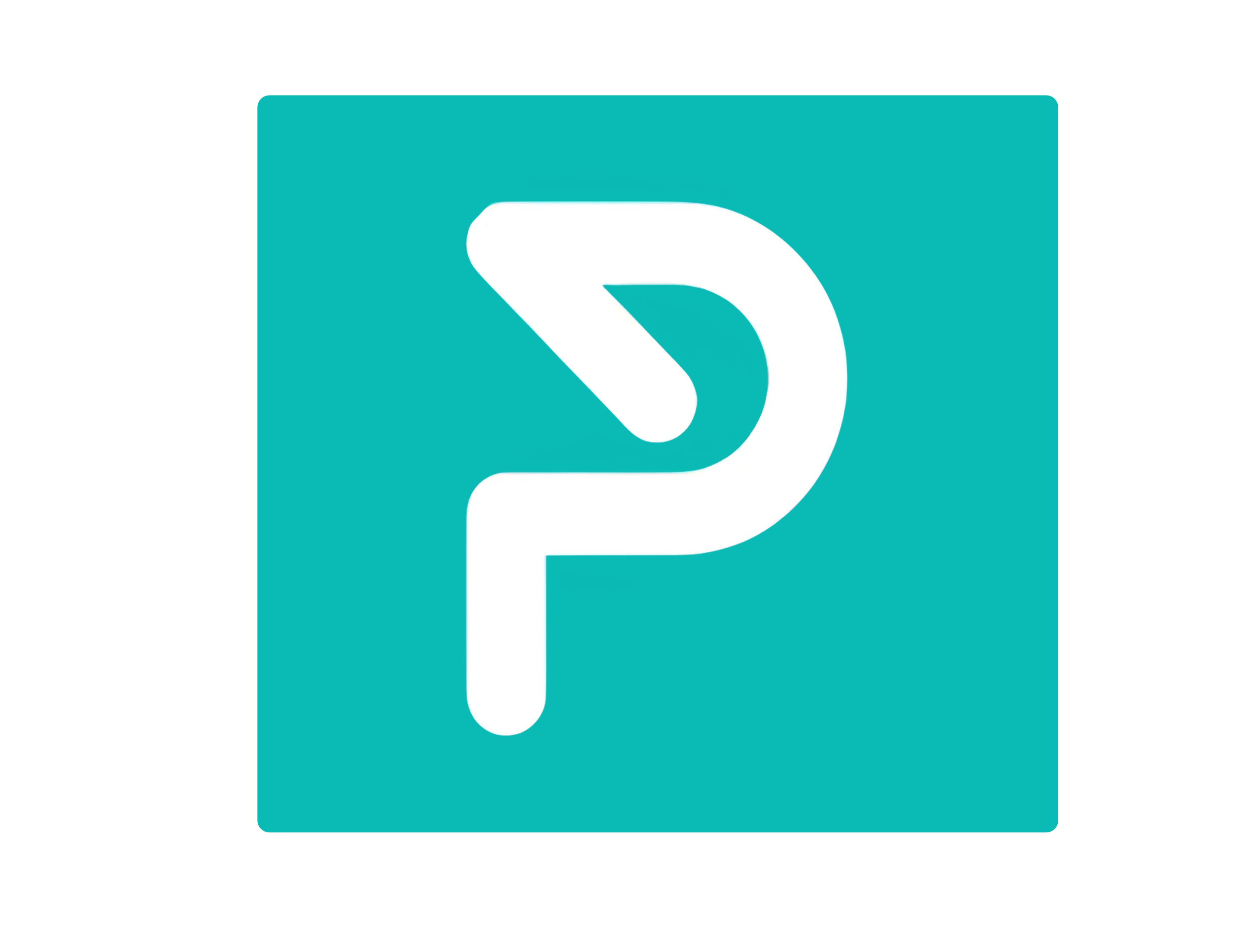


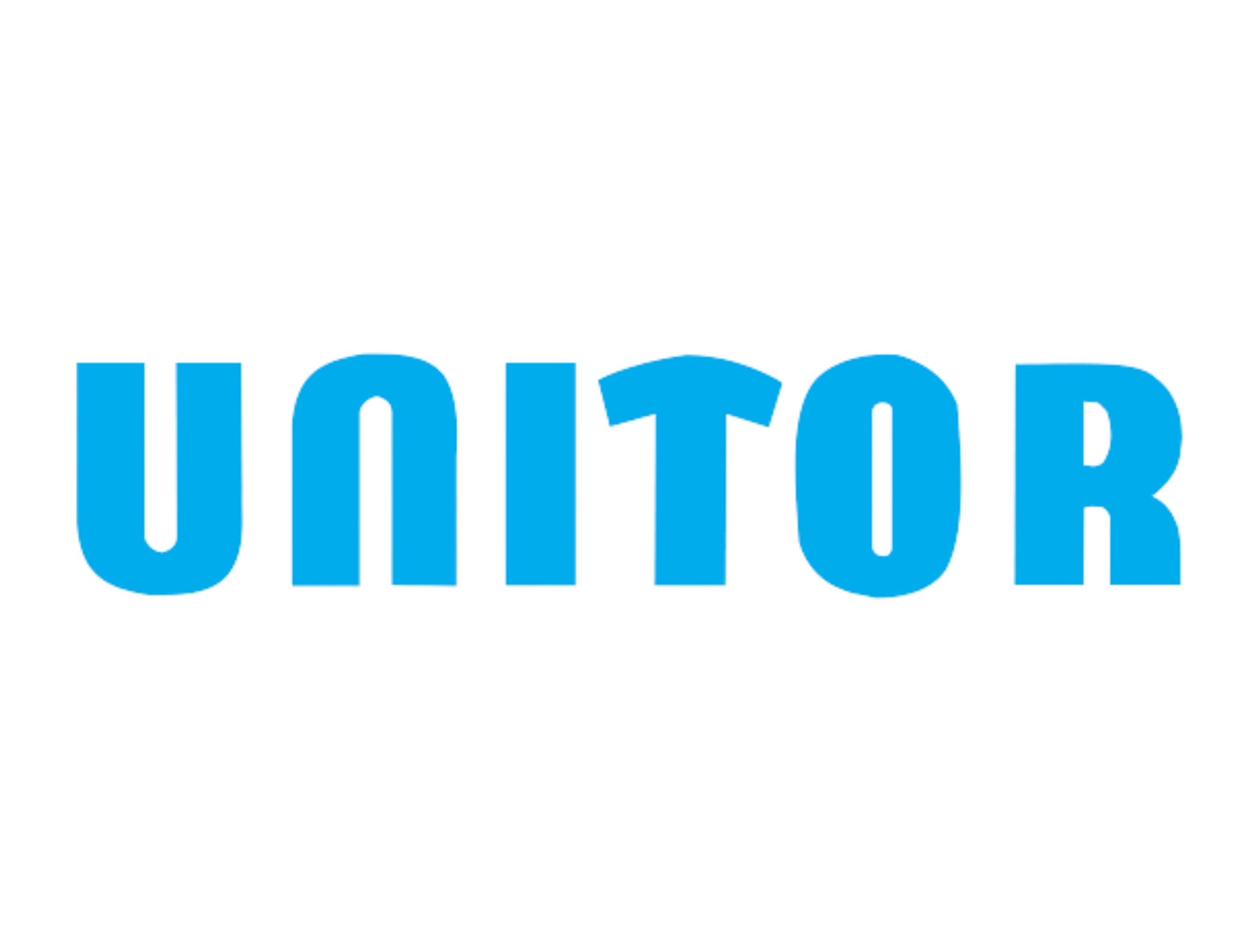
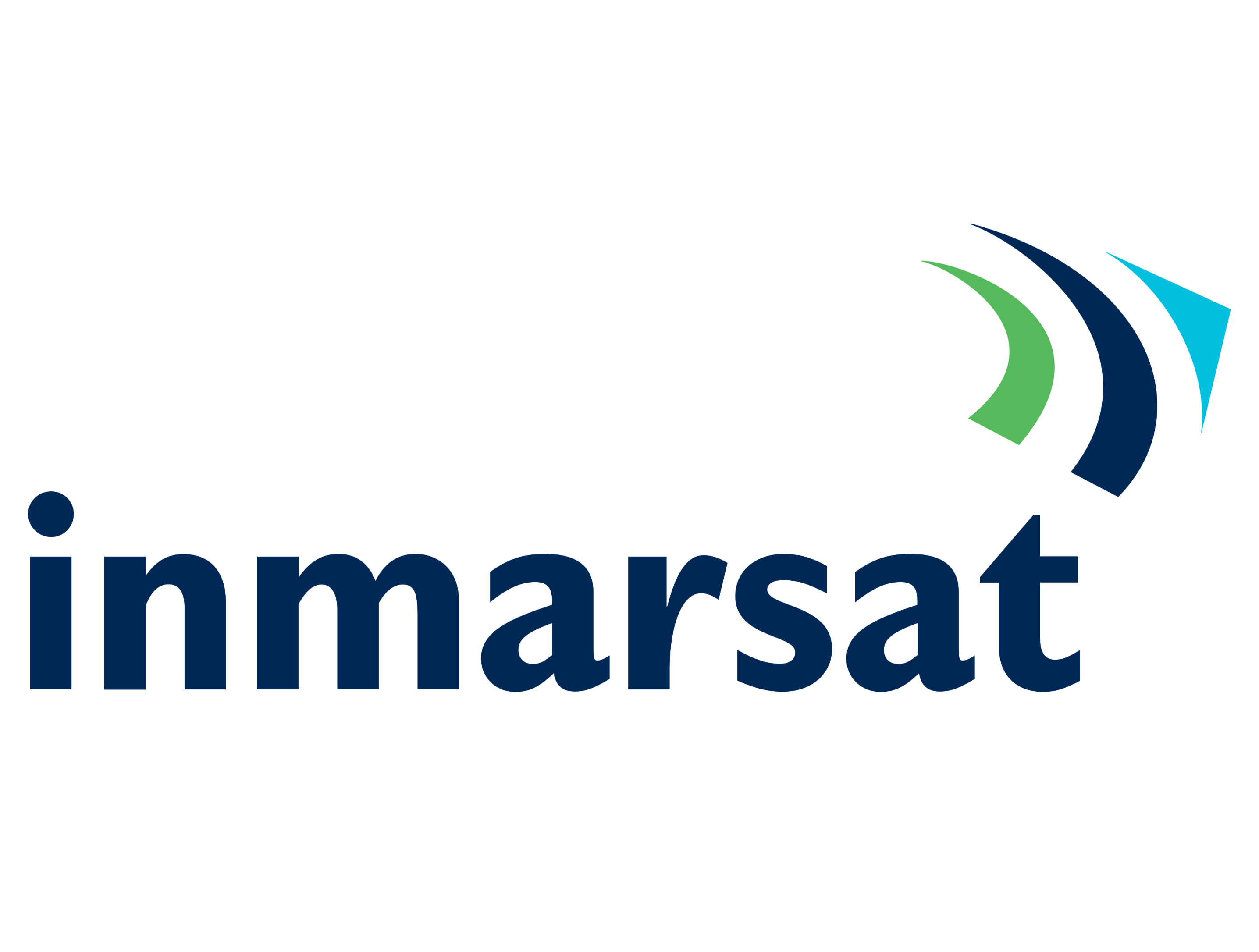
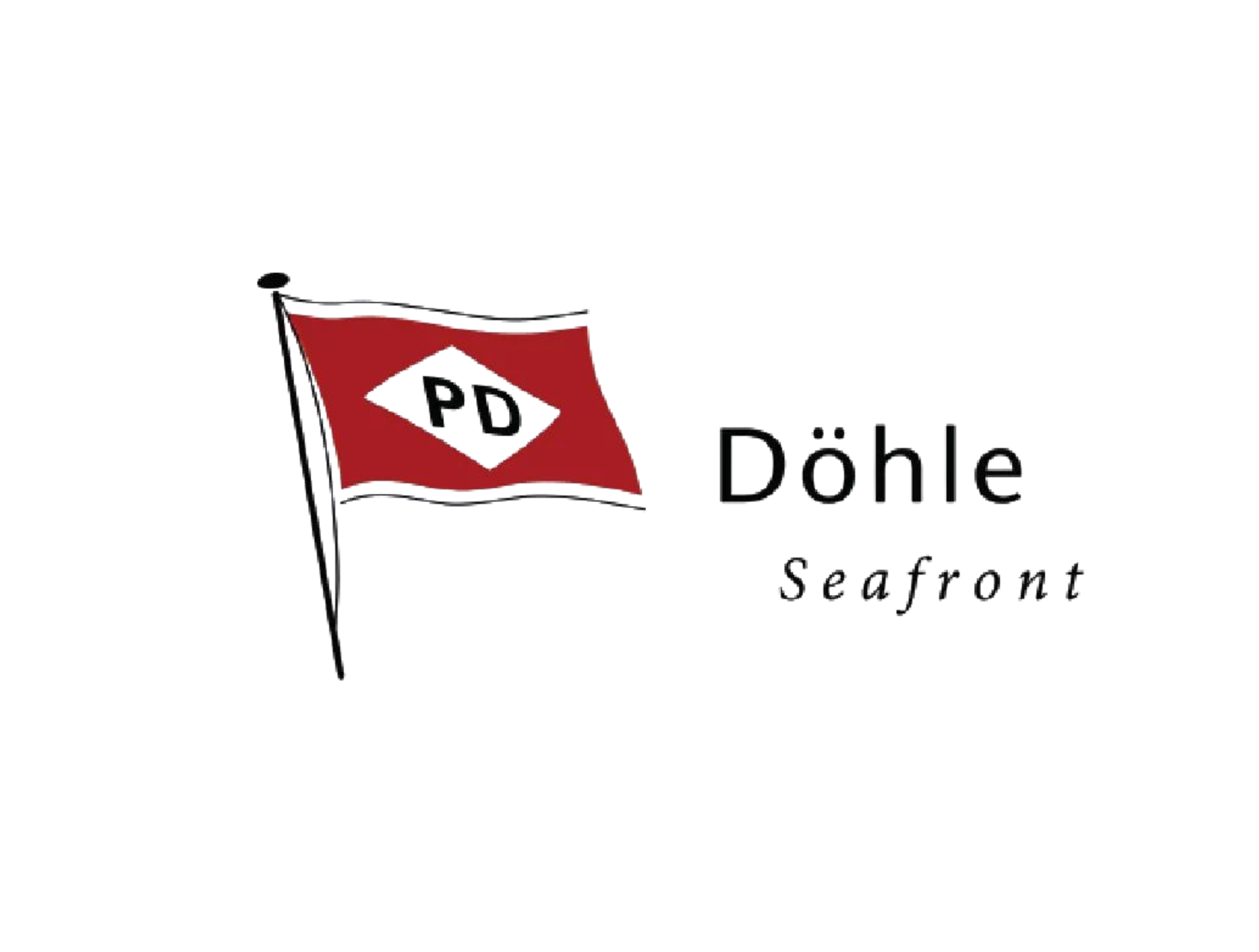
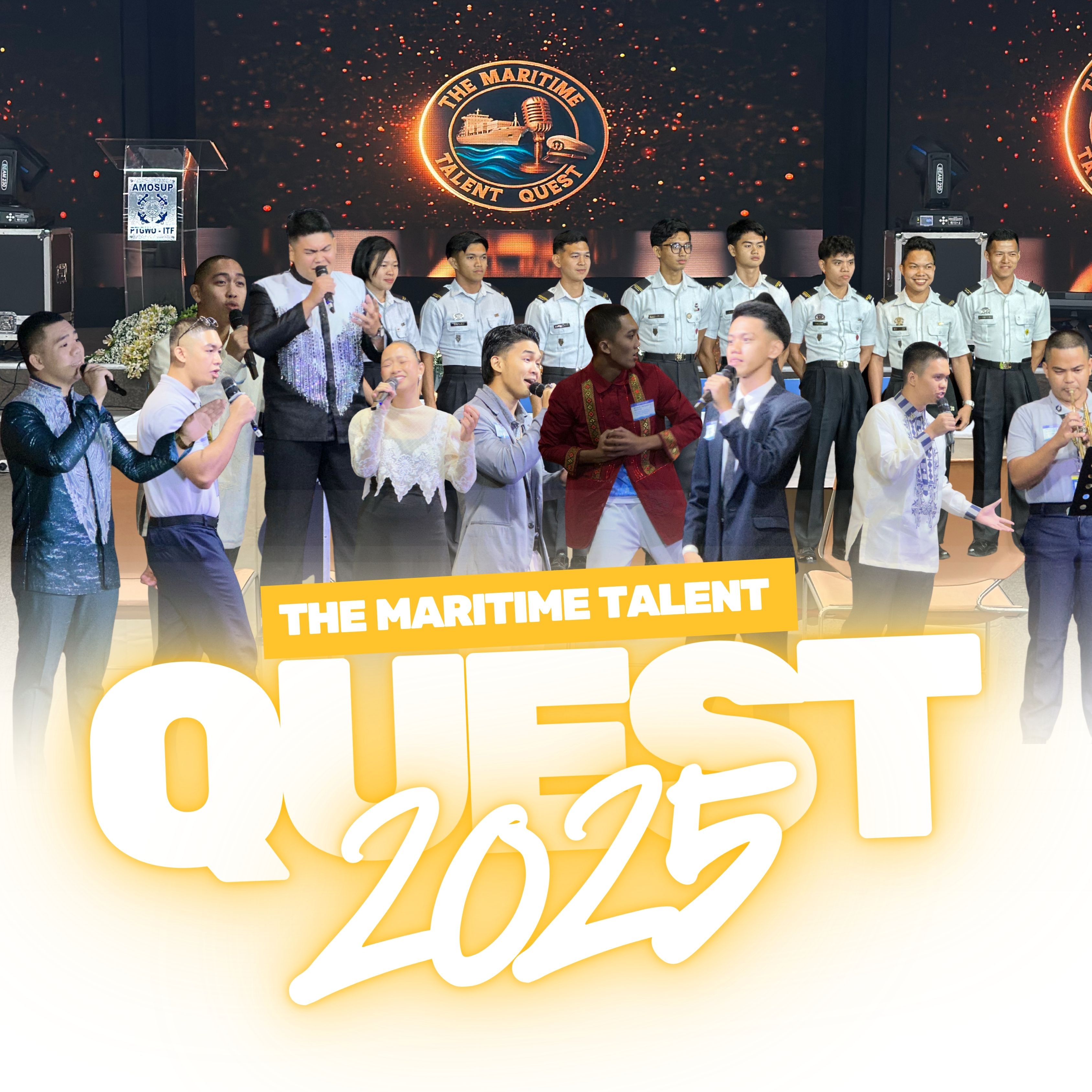
Maritime Talent Quest 2025 Successfully Showcases Filipino Maritime Excellence and Compassion
Manila, Philippines — October 23, 2025. The Maritime Talent Quest 2025 concluded with resounding success at the AMOSUP Convention Hall, Intramuros, Manila, gathering the brightest and most passionate maritime students and cadets from across the country. The event was a celebration not only of talent and artistry, but also of purpose, unity, and service to the community. Organized by Manila EGC Marine Supply Inc., the event brought the maritime community together in support of the Assembly of Service Academies & Schools Alumni Association’s Project Reindeer, a charitable initiative that provides educational support and gift-giving for public schools in BARMM. Attendees praised the event for seamlessly combining entertainment with advocacy and meaningful impact.
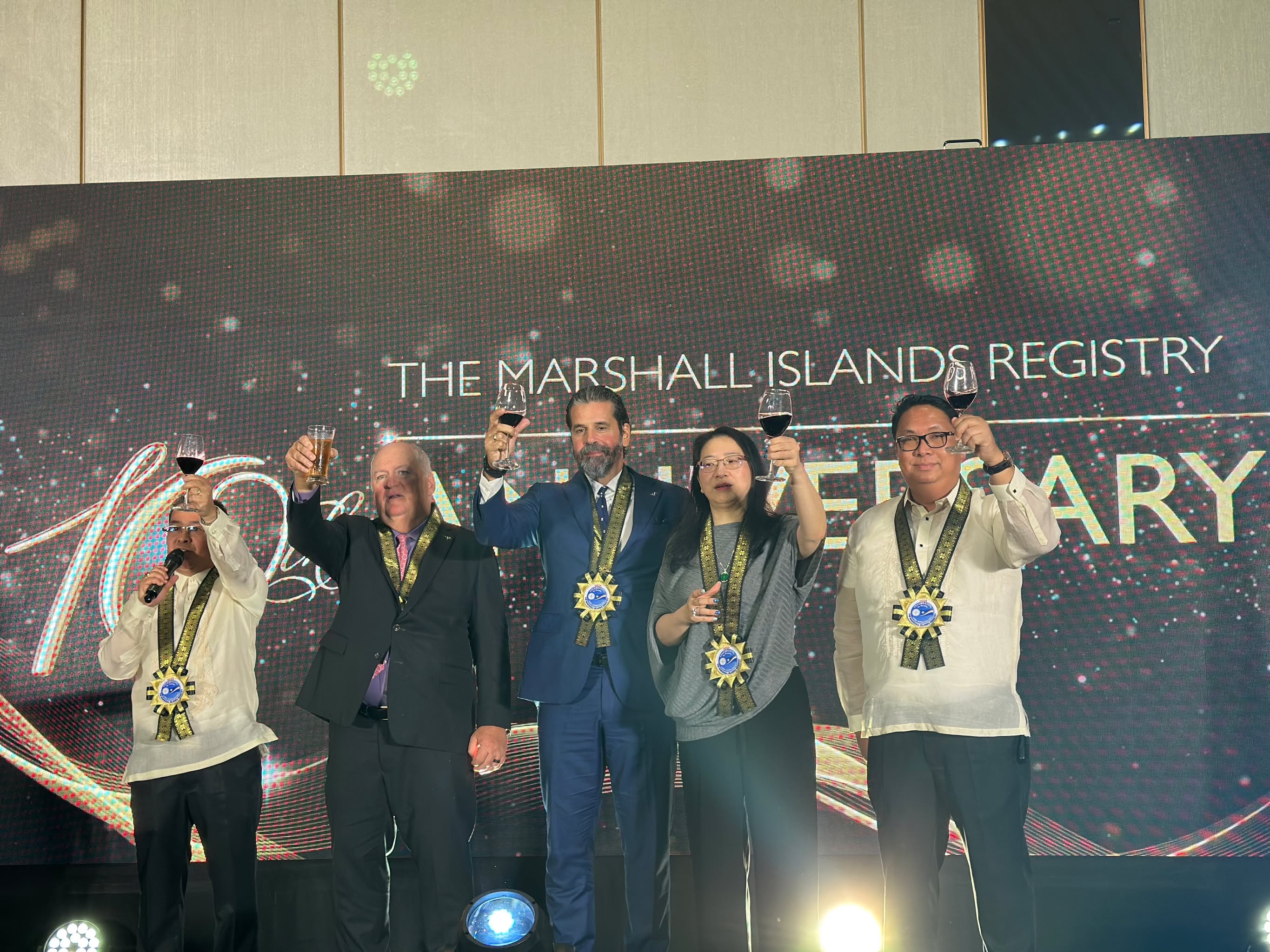
Marshall Islands Registry Marks 10 Years of Excellence
The Marshall Islands Registry commemorated the 10th anniversary of its Manila office with a milestone celebration held at Lansons Place in Pasay City. The event brought together registry executives, employees, maritime industry stakeholders, and business partners to celebrate a decade of growth and service in the Philippines. Since its establishment in 2015, the Manila office has become a key operational hub for the registry’s Asia-Pacific network, supporting one of the world’s largest and most trusted ship registries. Over the years, it has strengthened partnerships with shipping companies, manning agencies, and maritime organizations across the region, playing a vital role in enhancing the Philippines’ standing in global shipping. During the ceremony, employees who have been with the organization since its inception received the 10-Year Loyalty Award in recognition of their dedication and commitment. Industry partners and stakeholders were also honored for their continued collaboration and contributions to the registry’s success and to the advancement of the Philippine maritime industry.
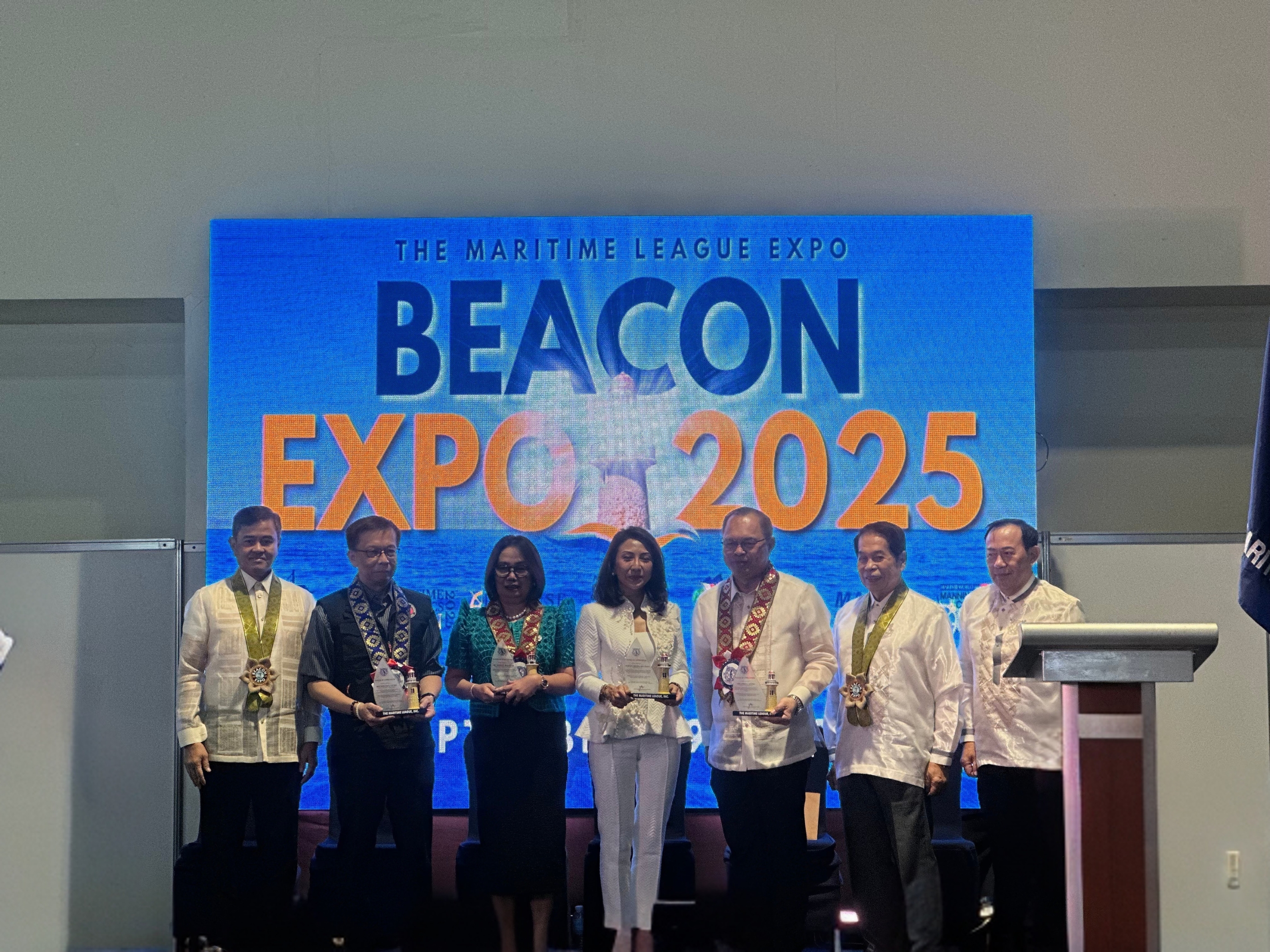
BEACON 2025: Maritime Industry Unites for Innovation and Growth at SMX Convention Center
A Grand Opening for Maritime Excellence The much-awaited BEACON 2025 – Maritime League Expo officially opened its doors at the SMX Convention Center in Pasay City, marking one of the most significant gatherings of the maritime sector this year. Running from September 29 to October 1, 2025, the three-day event brought together a diverse mix of government executives, maritime leaders, manning agencies, shipping companies, training centers, and thousands of Filipino seafarers—all sharing one mission: to drive the maritime industry toward innovation and sustainability. Organized under the theme “Innovation, Collaboration, and Opportunities,” BEACON 2025 embodied the spirit of progress that continues to propel the Philippine maritime sector forward.
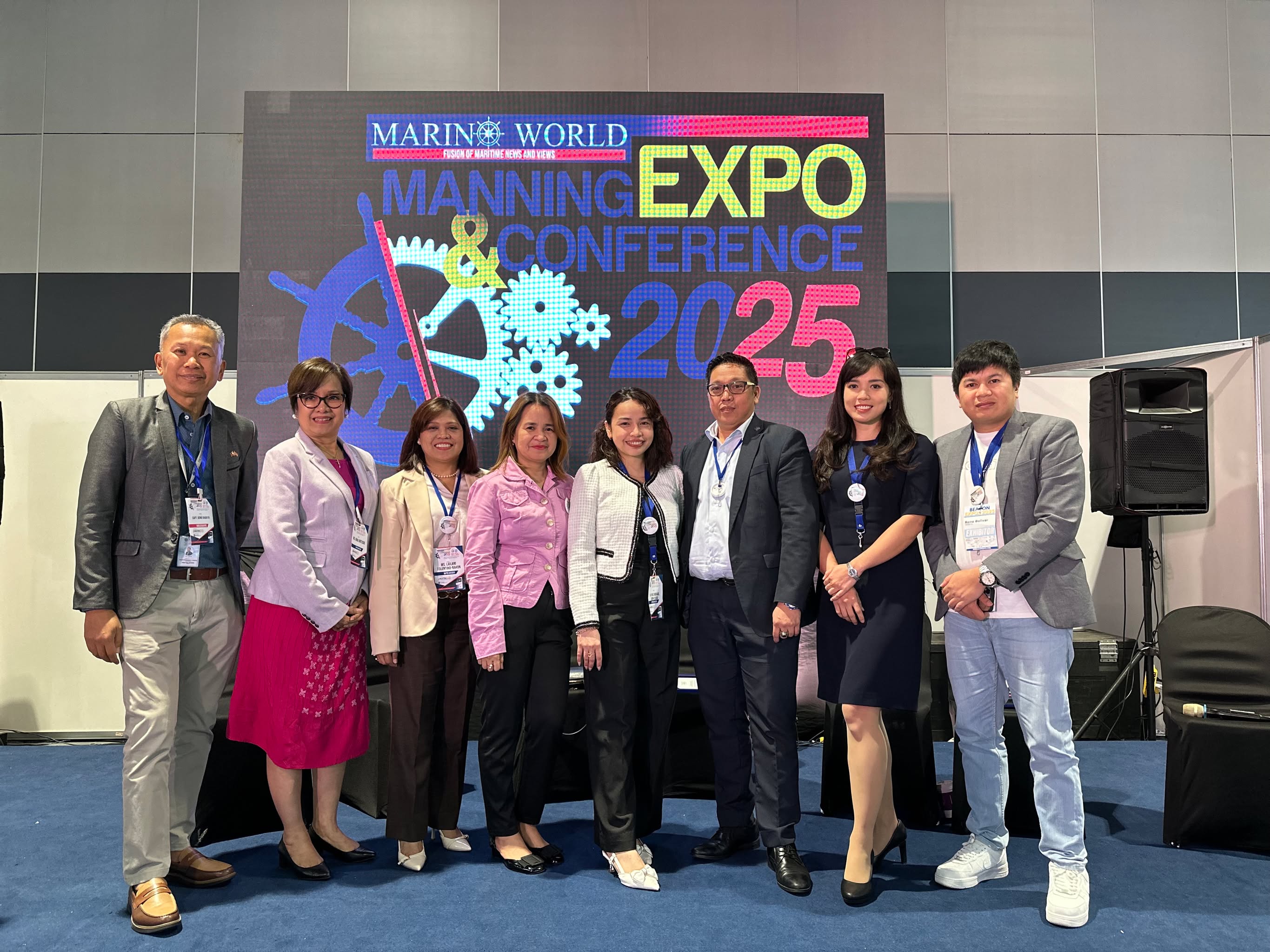
Marino World Manning Expo & Conference 2025: Shaping the Future of Seafaring and Global Manning
A Two-Day Gathering for the Maritime Industry The Marino World Manning Expo & Conference 2025 is set to bring together the global maritime community for two days of dialogue, innovation, and collaboration on September 30 and October 1, 2025. The event promises to be a pivotal moment for seafarers, manning agencies, shipping companies, and maritime educators as they discuss the evolving landscape of seafaring in a rapidly changing world. Hosted in the Philippines home to one of the world’s largest pools of maritime professionals the expo serves as a hub where voices from both sea and shore converge to shape the industry’s future.

Front (Bow) Area Bulbous Bow A rounded projection located below the waterline at the forward part of the hull. It reduces wave resistance and helps improve the ship’s fuel efficiency and stability. Bow The forward-most section of the ship designed to cut through the water as the vessel moves. Stem The vertical front edge of the bow that forms the main support where the two sides of the hull meet. Foredeck The deck area located at the forward part of the ship, often used for anchor handling and mooring operations. Fore Mast A mast positioned near the bow used to mount lights, radar, antennas, and other navigational instruments. Hatch Cover A watertight cover placed over cargo holds to protect the cargo from seawater and weather exposure. Deck The main working platform of the ship where crew activities and operations take place. Hull The main outer structure or body of the ship that provides buoyancy and keeps the vessel afloat. Anchor A heavy device lowered to the seabed to hold the ship in position and prevent drifting. Bridge The command center of the ship where navigation, control, and monitoring of vessel movement and operations are performed. Midship and Superstructure Superstructure The portion of the ship constructed above the main deck, housing key operational and living spaces. Accommodation The area where the crew lives and works. It includes cabins, mess rooms, offices, and other essential living facilities. Flying Bridge / Bridge Wings Side platforms extending from the bridge used for maneuvering and observation, especially during docking and unmooring. Monkey Island An open platform located above the bridge that provides access to radar, communication, and navigation equipment, as well as offering an unobstructed view of the surroundings. Main Mast The primary mast supporting communication systems, navigation lights, and other electronic devices.

A jet chisel (also called needle scaler) is a pneumatic tool made up of multiple thin steel rods (“needles”) that rapidly move back and forth when connected to compressed air. The vibration of the needles chips away rust, old paint, scale, and marine growth on metal surfaces. Think of it as “pangbaklas ng kalawang, pero industrial version.” Purpose: • Remove rust, corrosion, and scale from steel surfaces • Prepare metal before painting, welding, or coating • Clean areas where grinders and wire brushes can’t reach (corners, tight spots, edges) • Reduce manual scraping time and physical fatigue How to Use: 1. PPE First • Safety goggles / face shield • Ear protection (maingay ’yan) • Gloves • Mask (dust/rust particles) • Proper coverall 2. Check the Tool • Inspect air hose, connectors, and needles • Ensure air compressor pressure is within recommended range (usually 90 psi ± depending on tool) 3. Connect to Compressed Air • Attach hose firmly • Open the air valve gradually 4. Operate • Hold the tool with both hands • Press the needles gently against the surface — do not push too hard • Let the vibration do the work • Work in steady strokes 5. After Use • Shut off air supply • Clean and oil the needles to prevent rust • Store in dry location
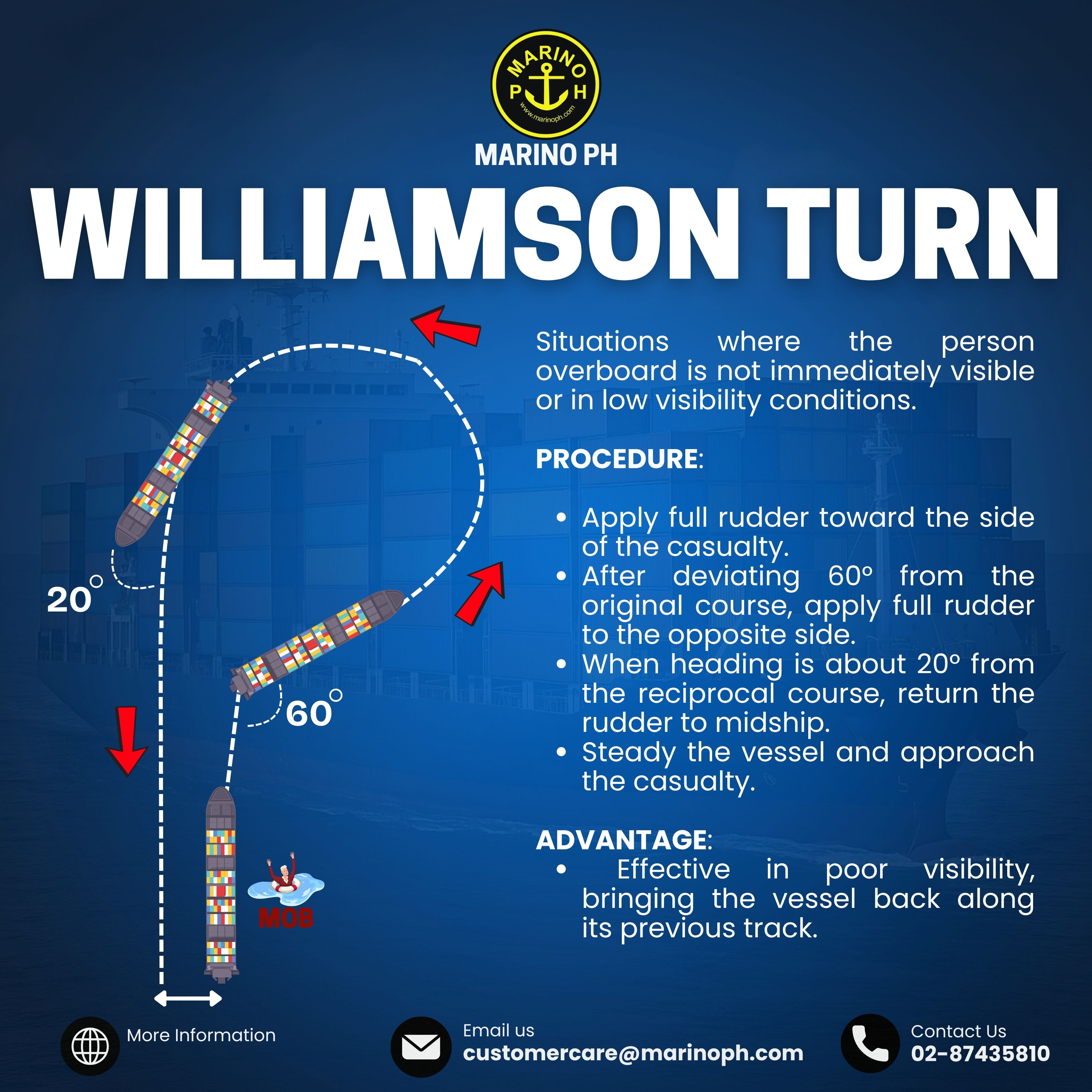
The Williamson Turn is a maneuver used to reverse the course of a vessel and return along its original track. It is primarily applied during Man Overboard (MOB) situations, especially when the exact position of the casualty is uncertain or when visibility is poor, such as at night or in fog. Purpose: • To bring the ship back onto its previous course line, improving the chance of relocating the person who fell overboard. • Ensures the vessel returns to the point of incident efficiently and safely. • Helps maintain visual and navigational reference in low-visibility conditions. Procedure: 1. Apply full rudder toward the side where the person fell overboard. 2. Allow the vessel to deviate 60° from its original course. 3. Shift full rudder to the opposite side. 4. Continue the turn until the vessel is heading about 20° from the reciprocal (opposite) course. 5. Return rudder to midships. 6. Steady the vessel on the reciprocal course and proceed back along the original track to search for and recover the casualty.
_20251104_092908_0000.jpg)
The Four Pillars of the International Maritime Organization (IMO)
The International Maritime Organization (IMO) establishes global standards to promote safety, protect the marine environment, ensure proper training of seafarers, and safeguard their welfare. These standards are anchored on four key conventions known as the 4 Pillars of IMO: 1. SOLAS – Safety of Life at Sea (1974) SOLAS is considered the most important international treaty concerning maritime safety. It sets the minimum standards for the construction, equipment, and operation of ships to ensure they are safe for both crew and passengers. This includes: • Fire protection systems • Life-saving appliances • Navigation and communication requirements • Emergency preparedness Its ultimate purpose is to prevent loss of lives at sea. 2. MARPOL – Marine Pollution (1973/1978) MARPOL addresses the prevention of pollution from ships. It regulates: • Oil and chemical spills • Sewage and garbage discharge • Air emissions from ships Its goal is to protect the marine and coastal environment by minimizing pollution from ship operations and accidents. 3. STCW – Standards of Training, Certification, and Watchkeeping for Seafarers (1978) STCW sets global training and competency standards for seafarers working on commercial vessels. It ensures: • Seafarers are properly trained, qualified, and certified • Uniform watchkeeping and operational safety practices across the world This helps maintain a high level of professionalism and safety at sea. 4. MLC – Maritime Labour Convention (2006) The MLC is often called the “Seafarers’ Bill of Rights.” It ensures that seafarers have: • Fair wages and employment contracts • Safe working and living conditions • Adequate rest hours • Medical care, social protection, and welfare The convention promotes human rights and dignity for those working at sea.


The largest maritime community in the Philippines
© 2025 All Rights Reserved.
+63 (02) 8743 5810
customercare@marinoph.com
Agoncillo Building, 1580 Taft Ave, Ermita, Manila City, 1000 Metro Manila